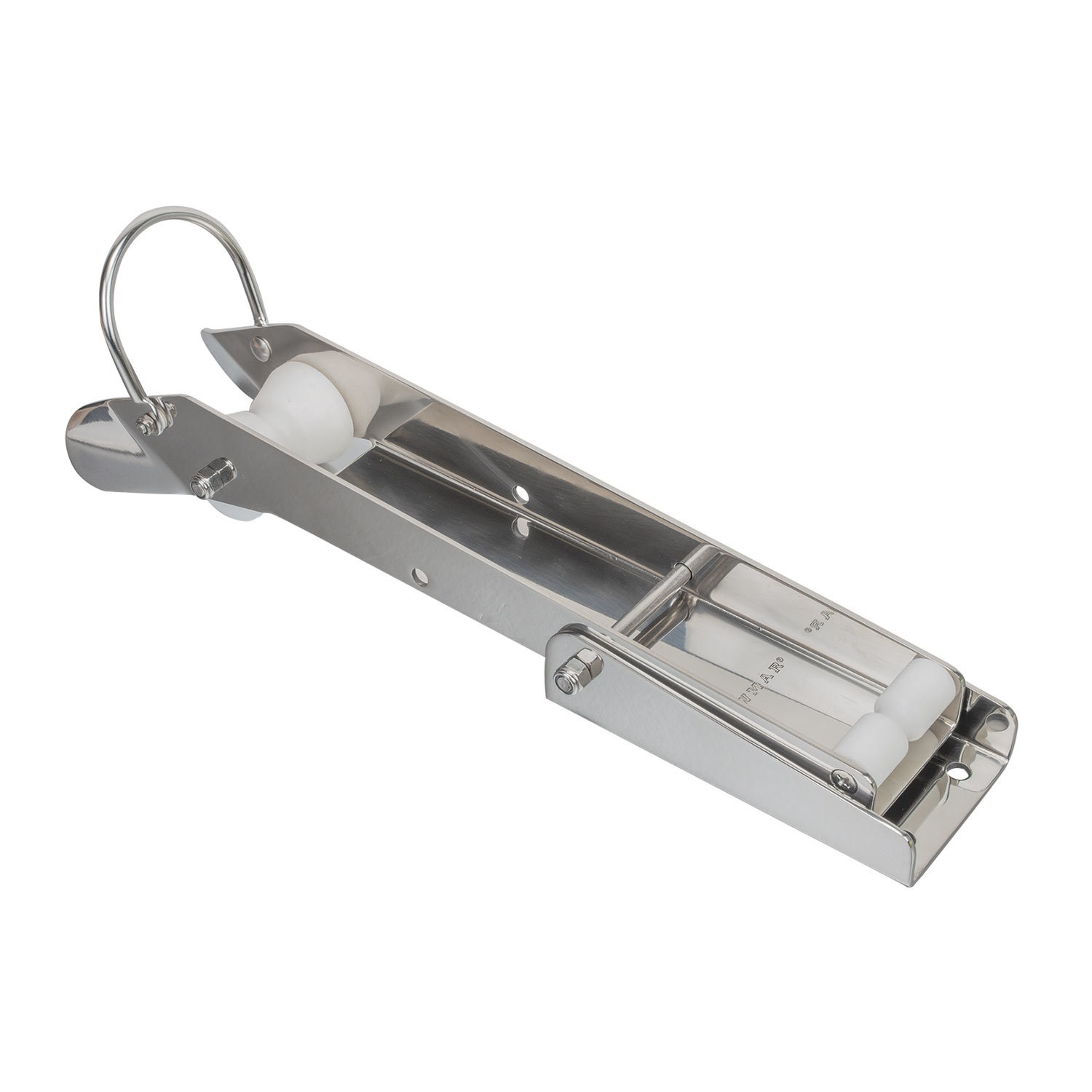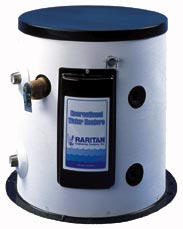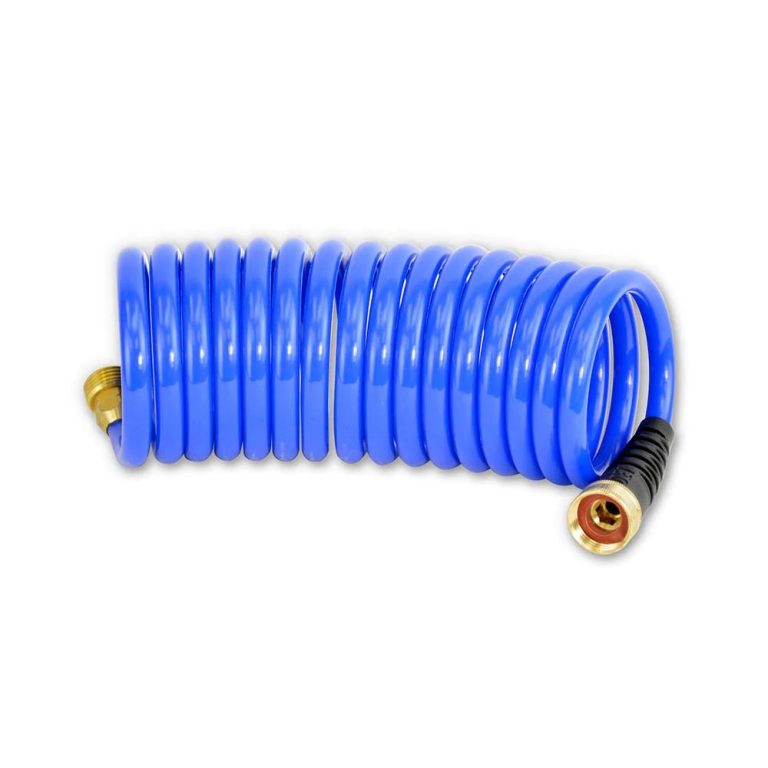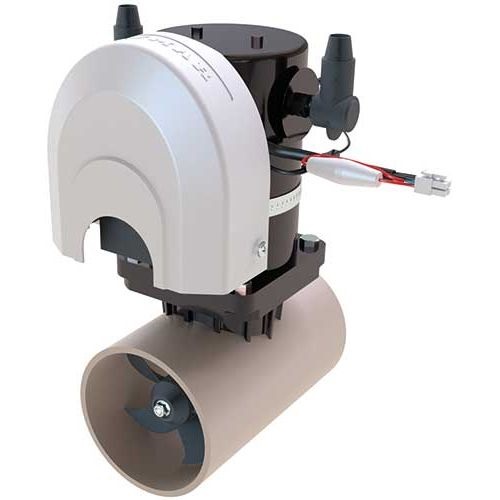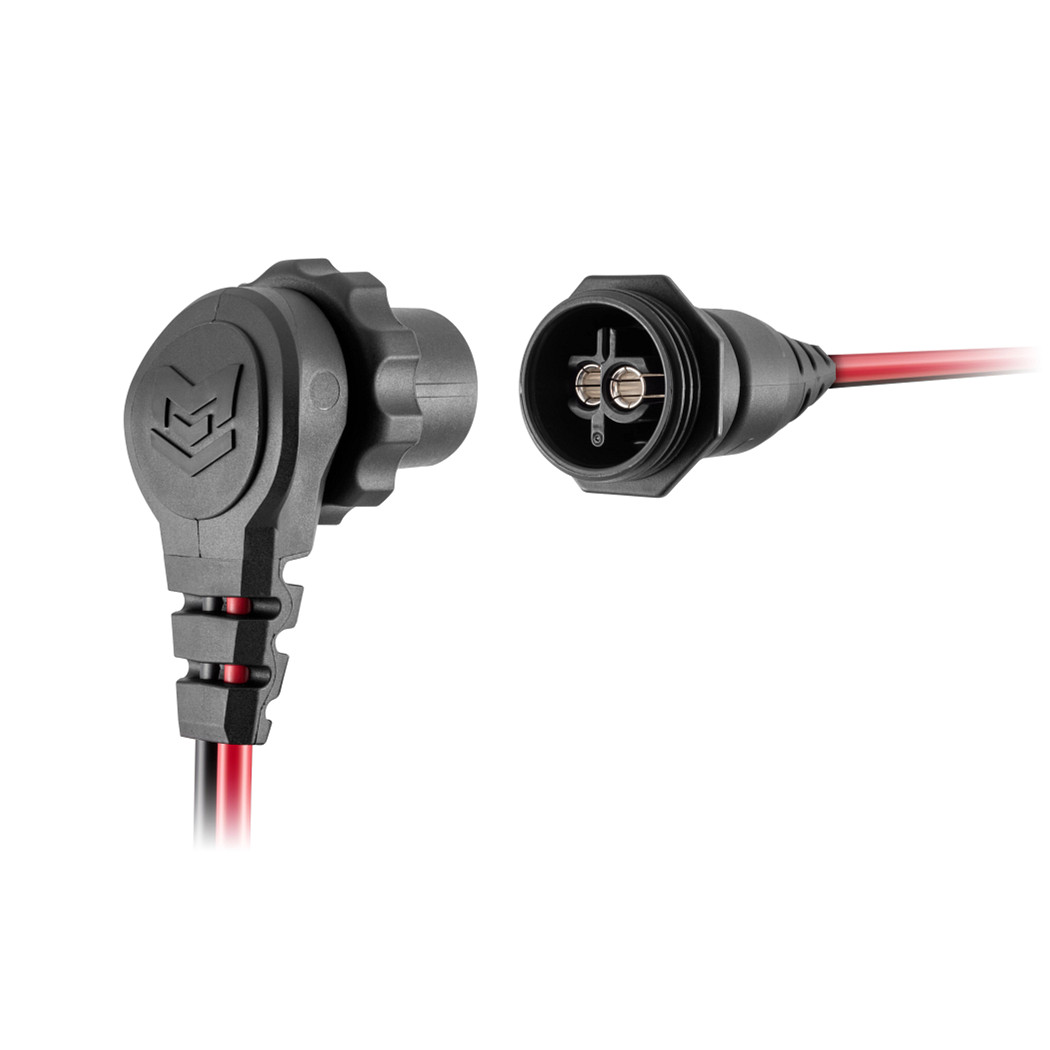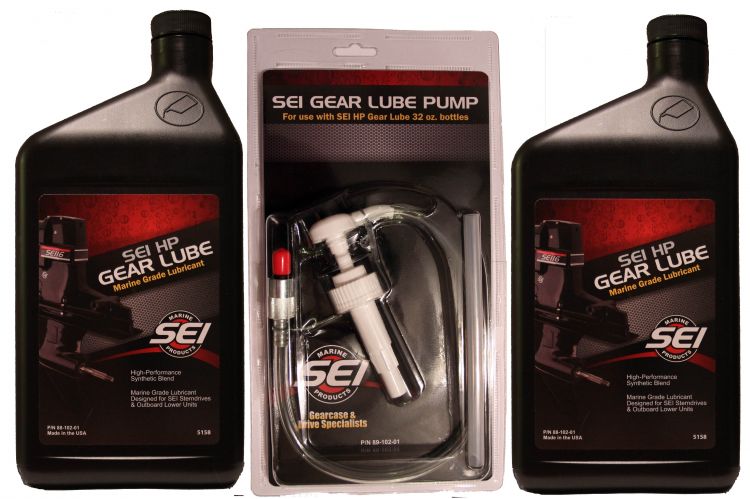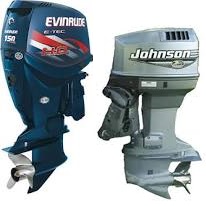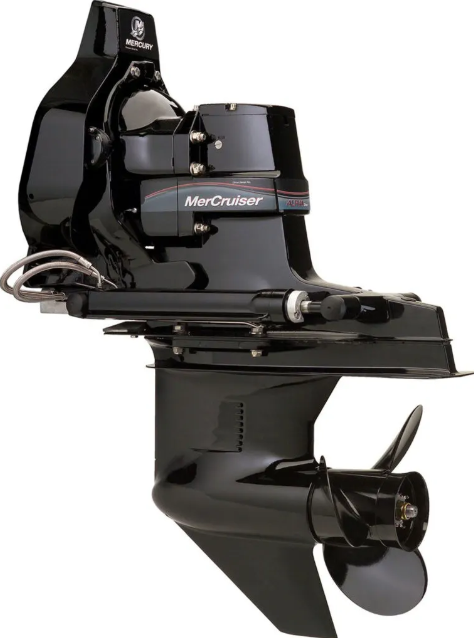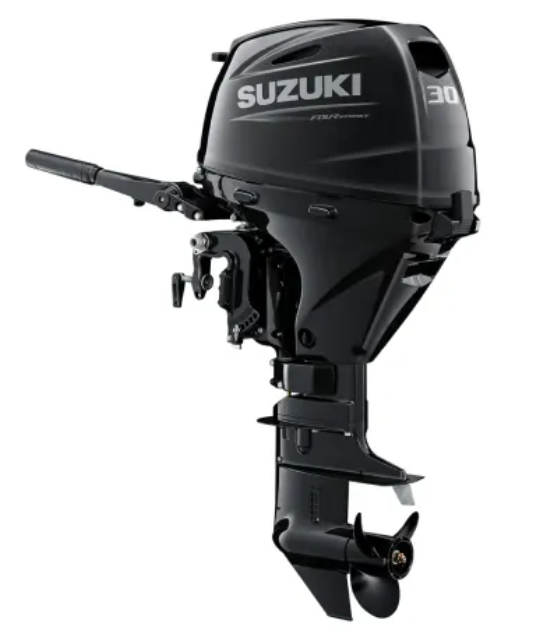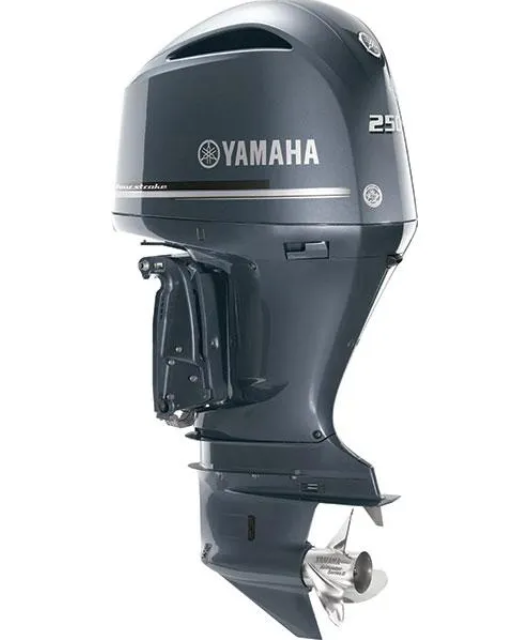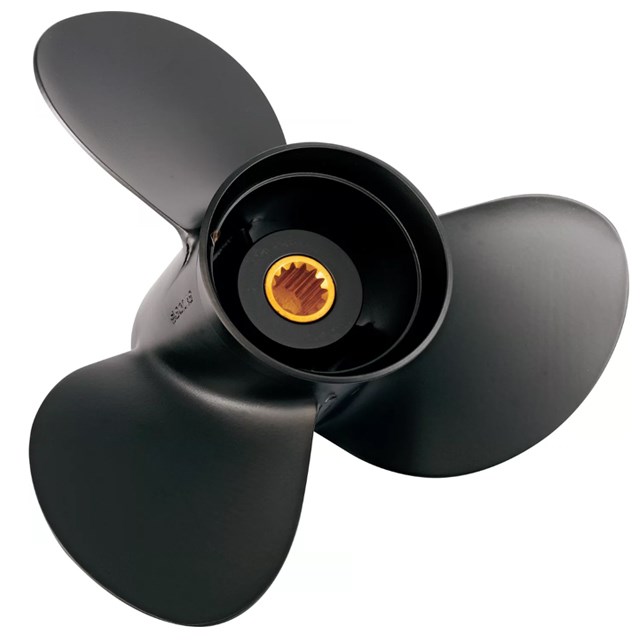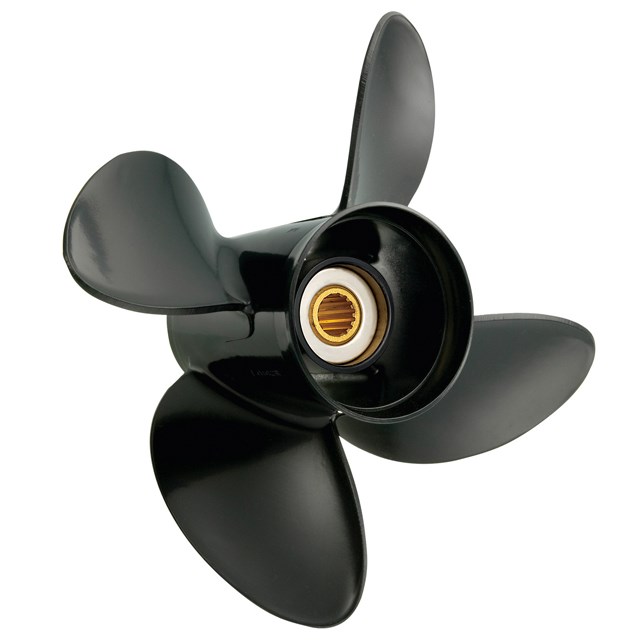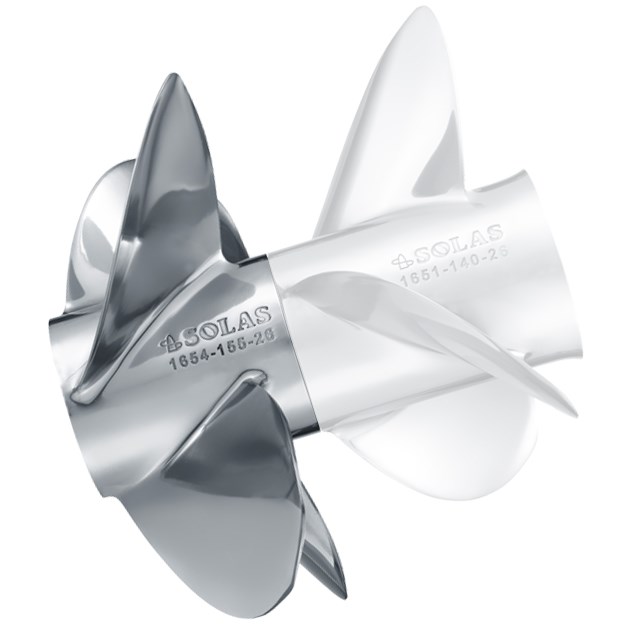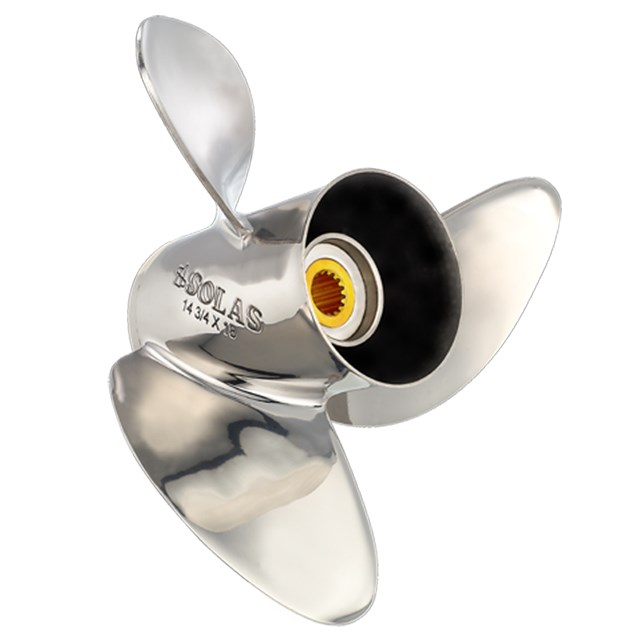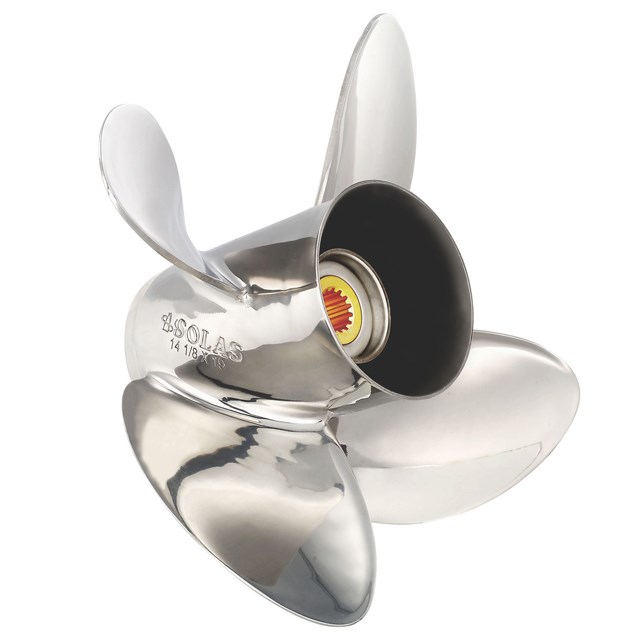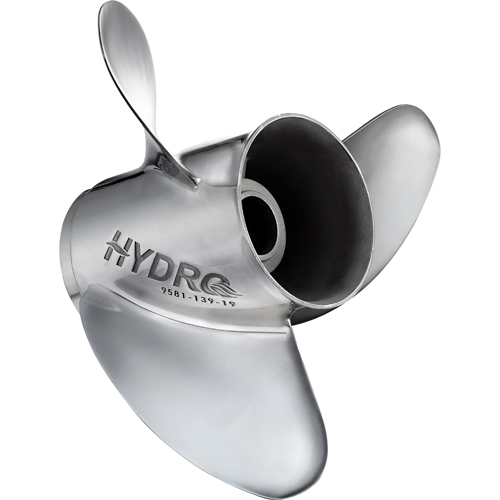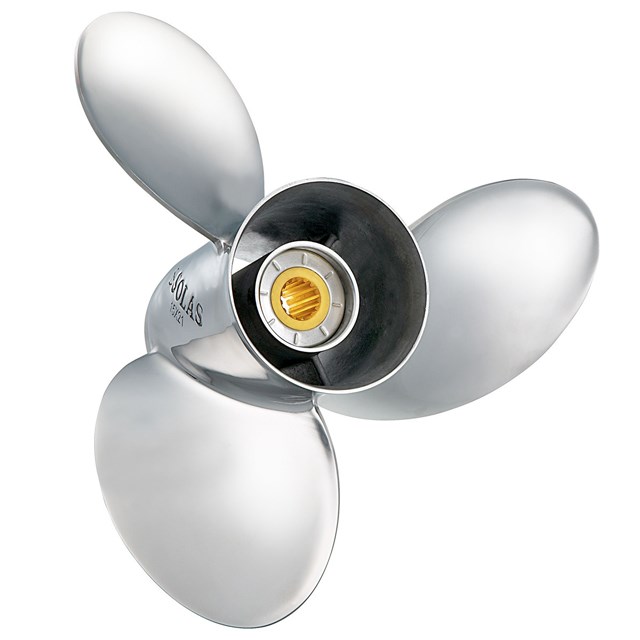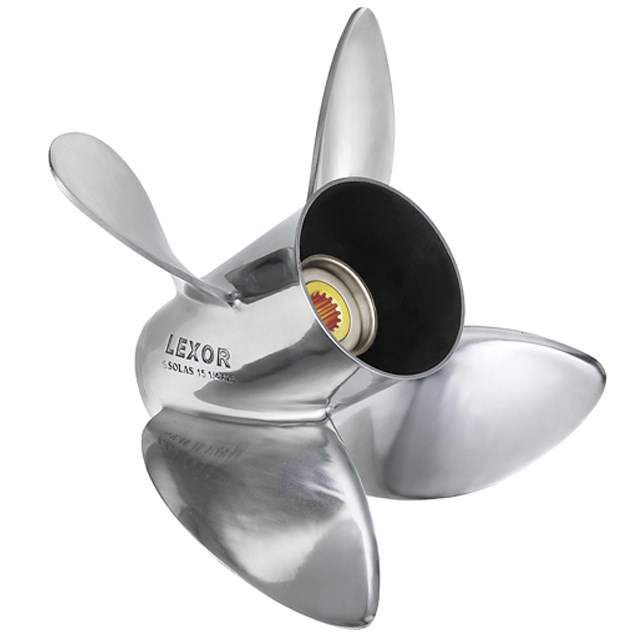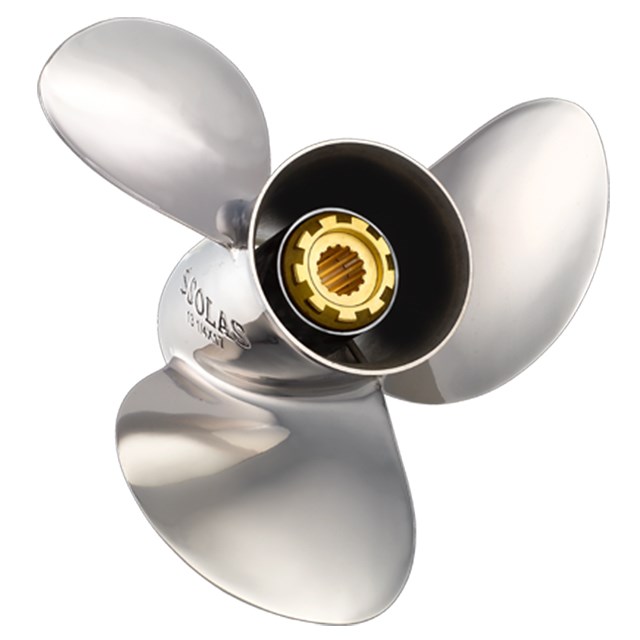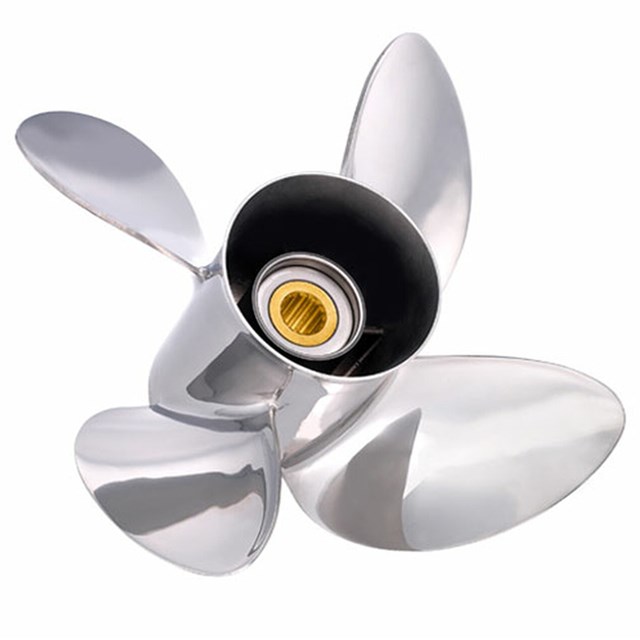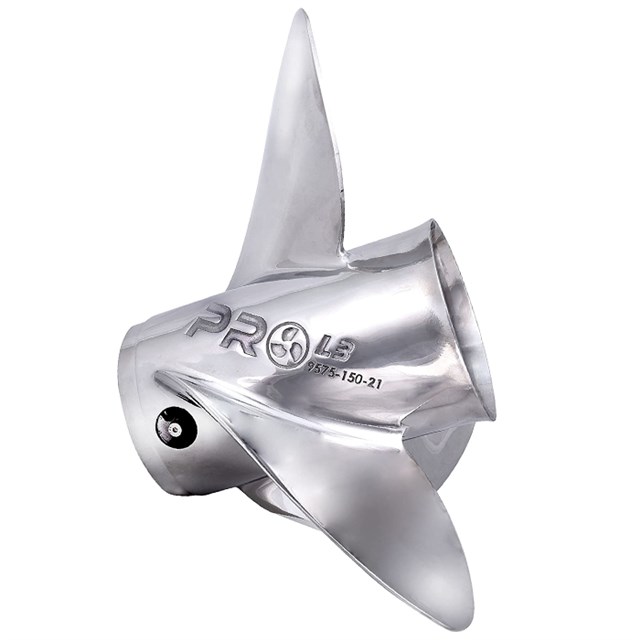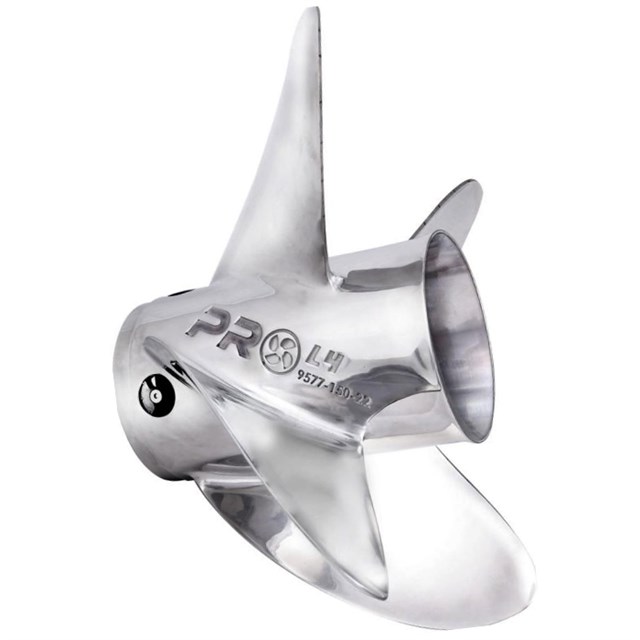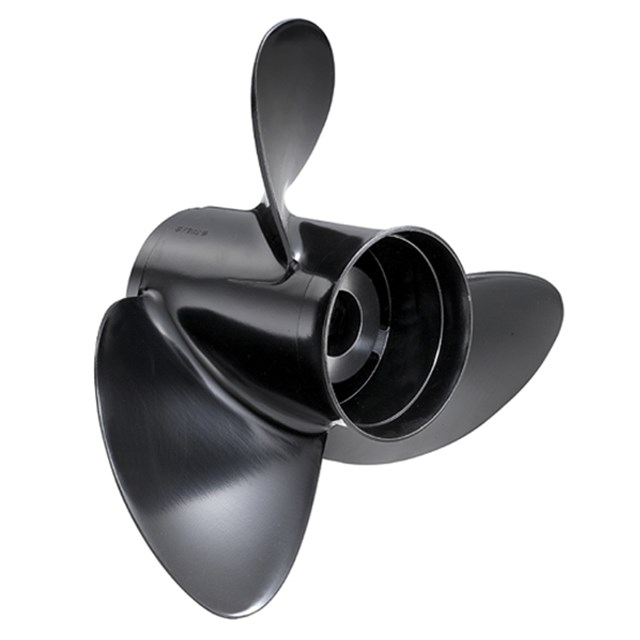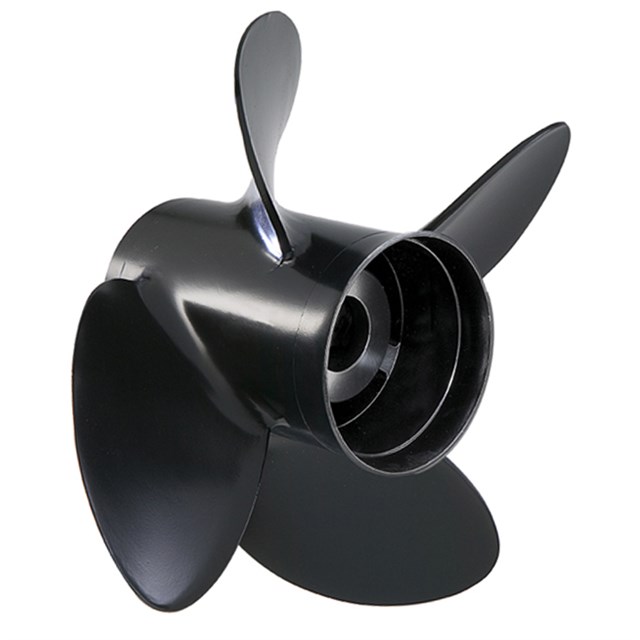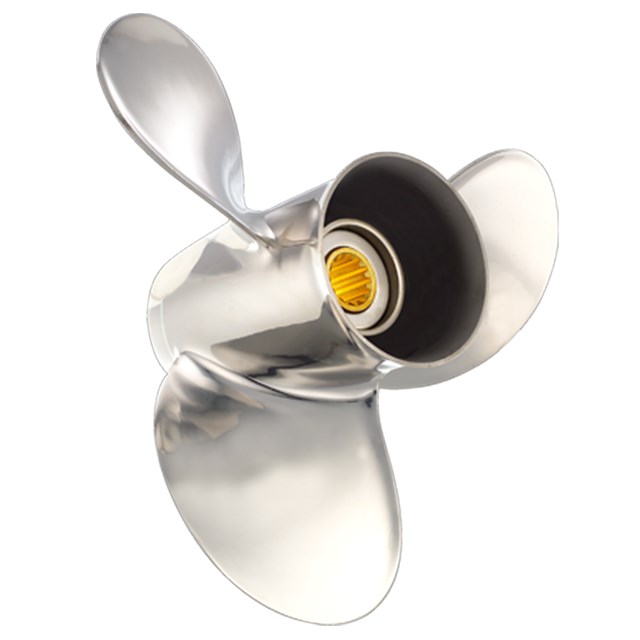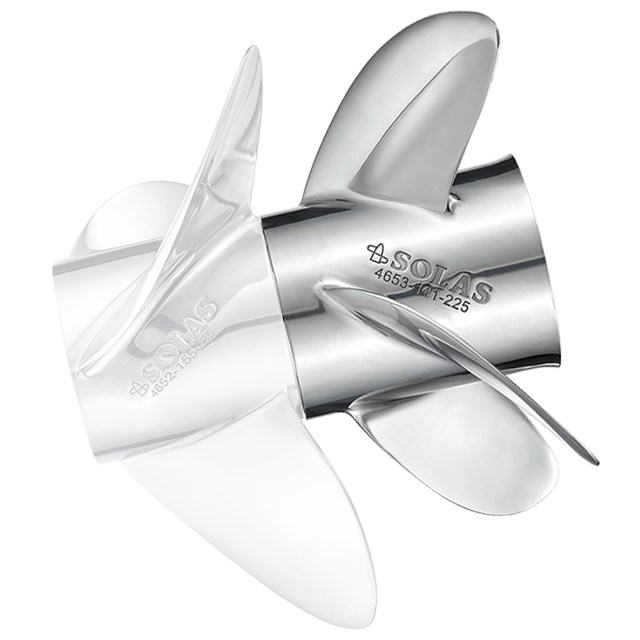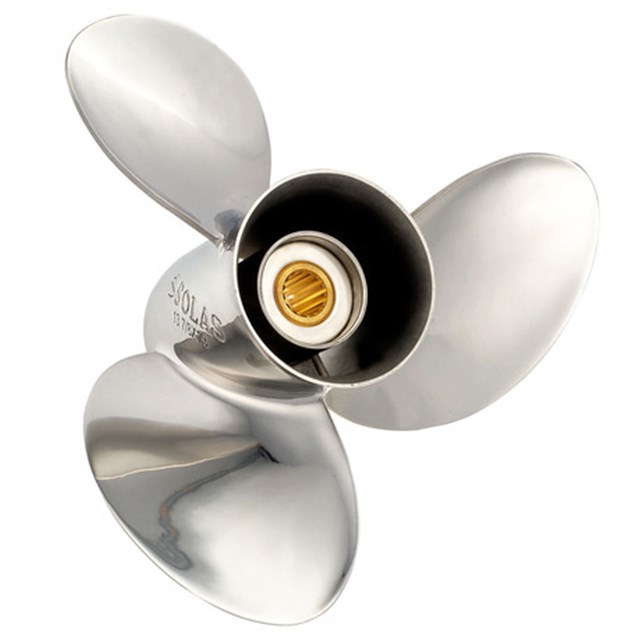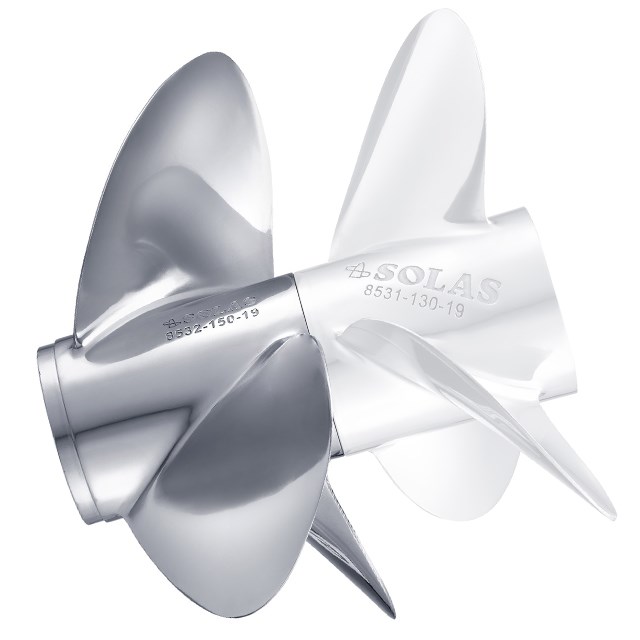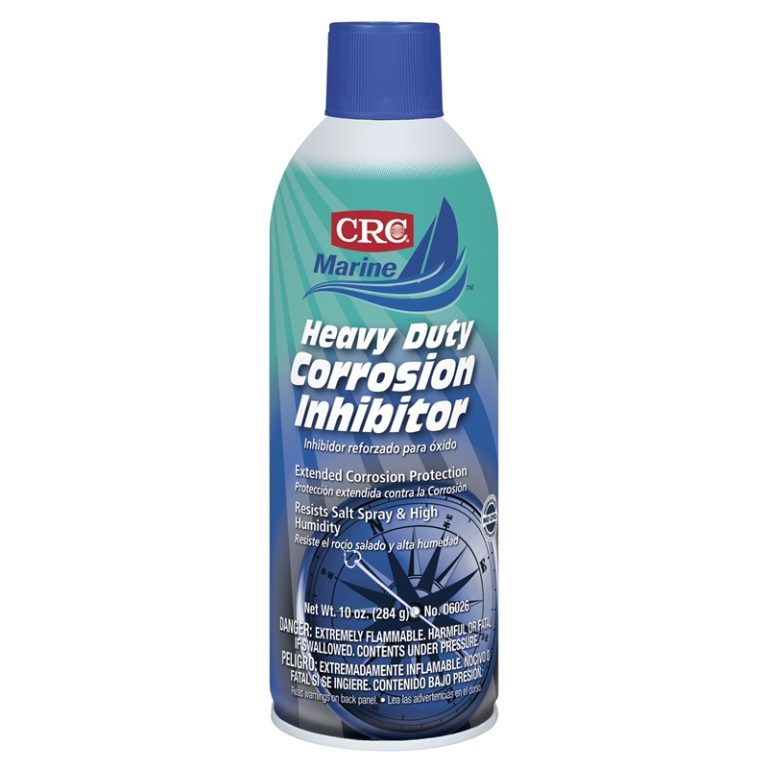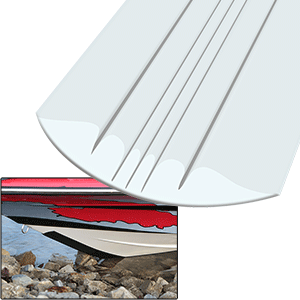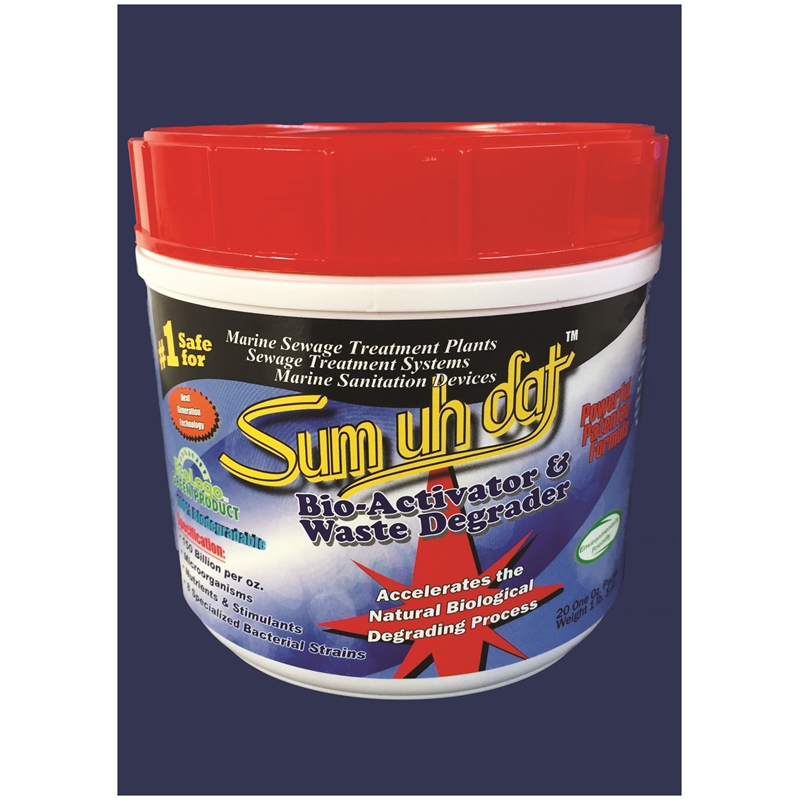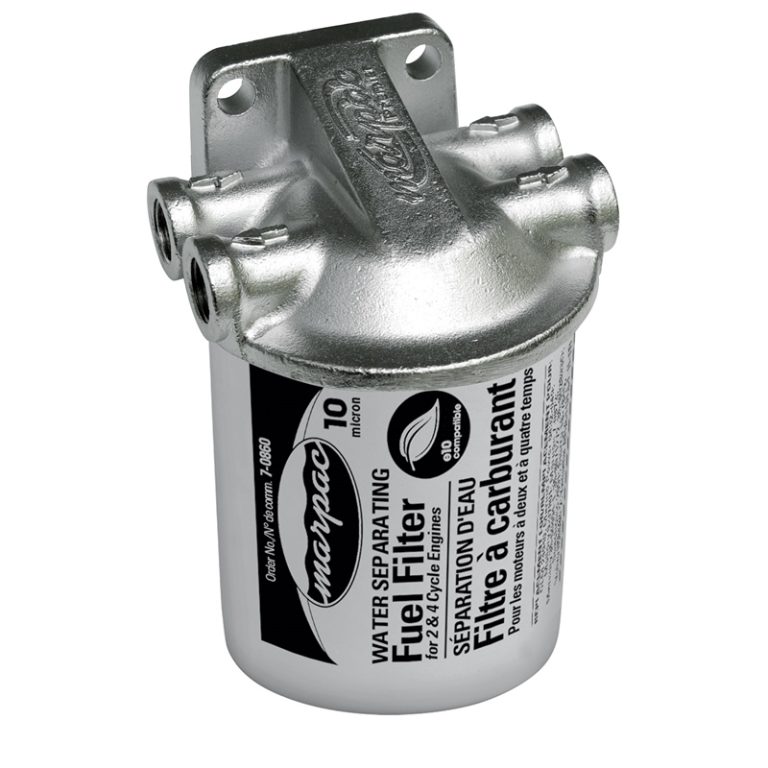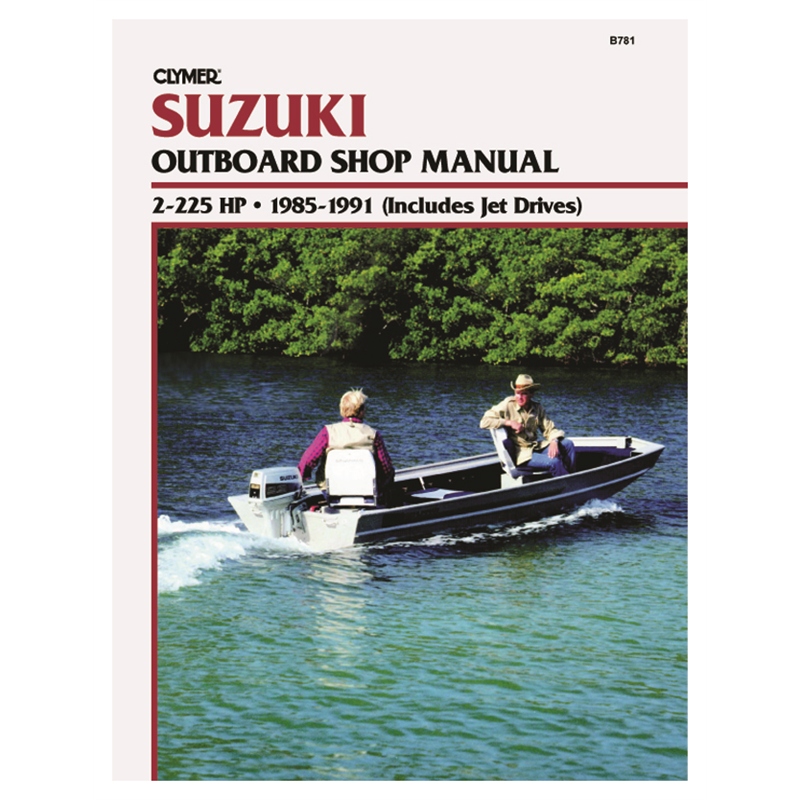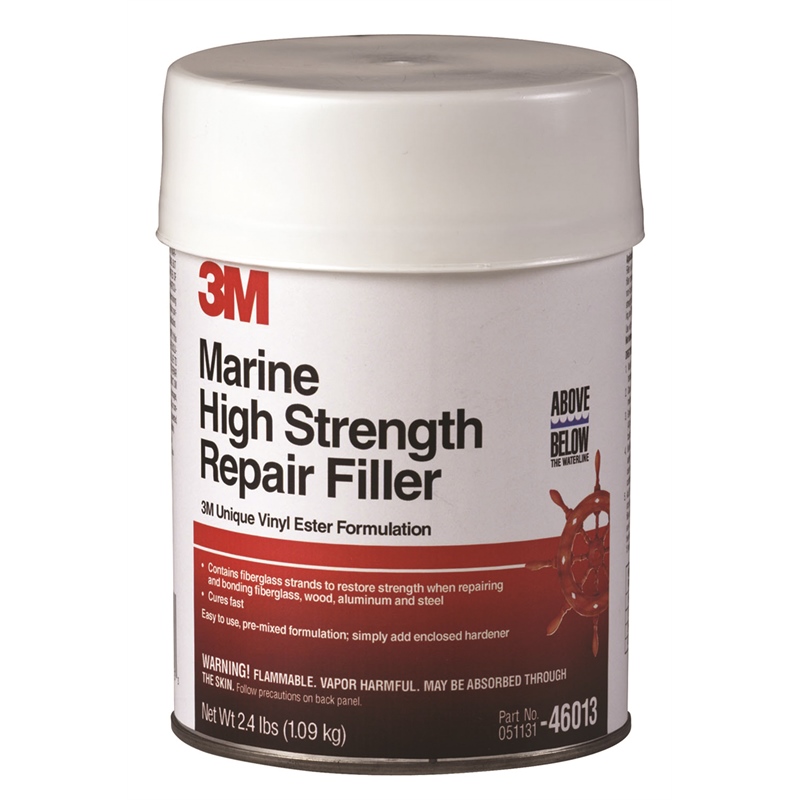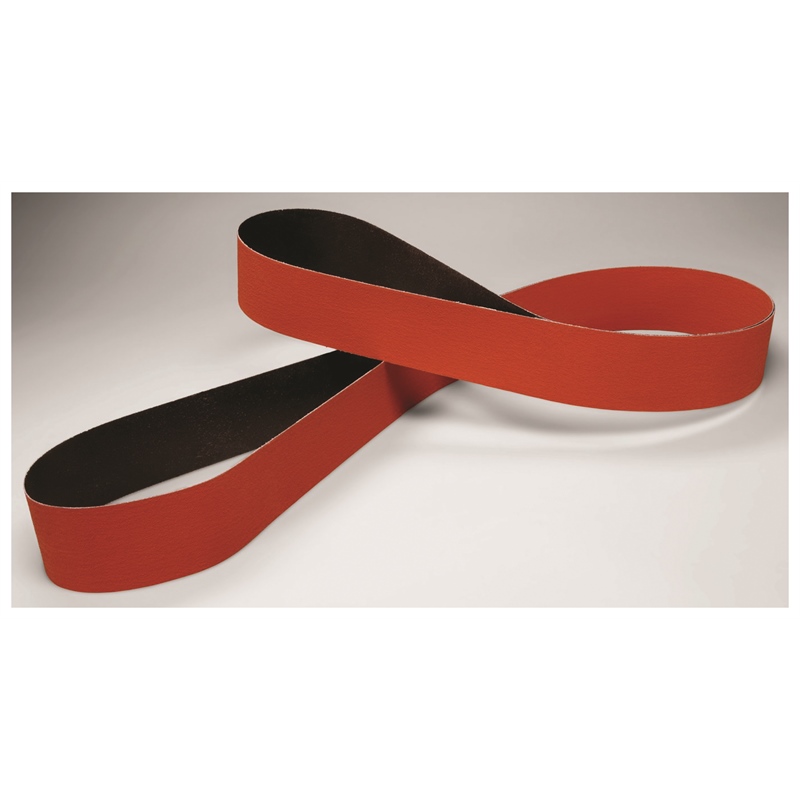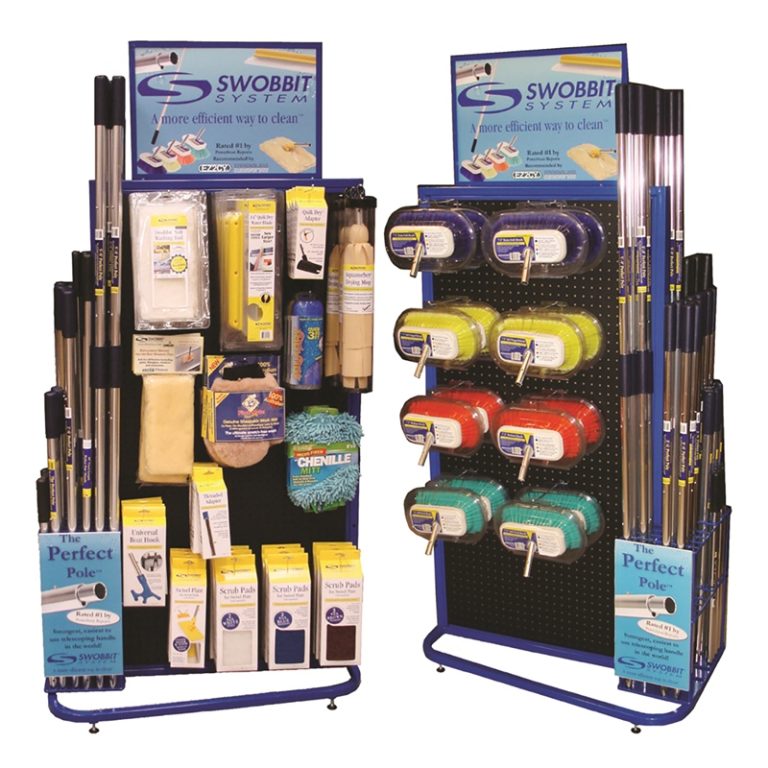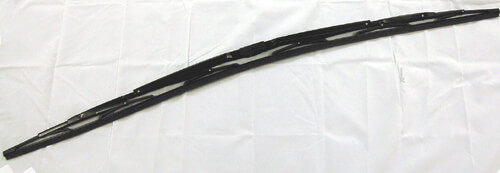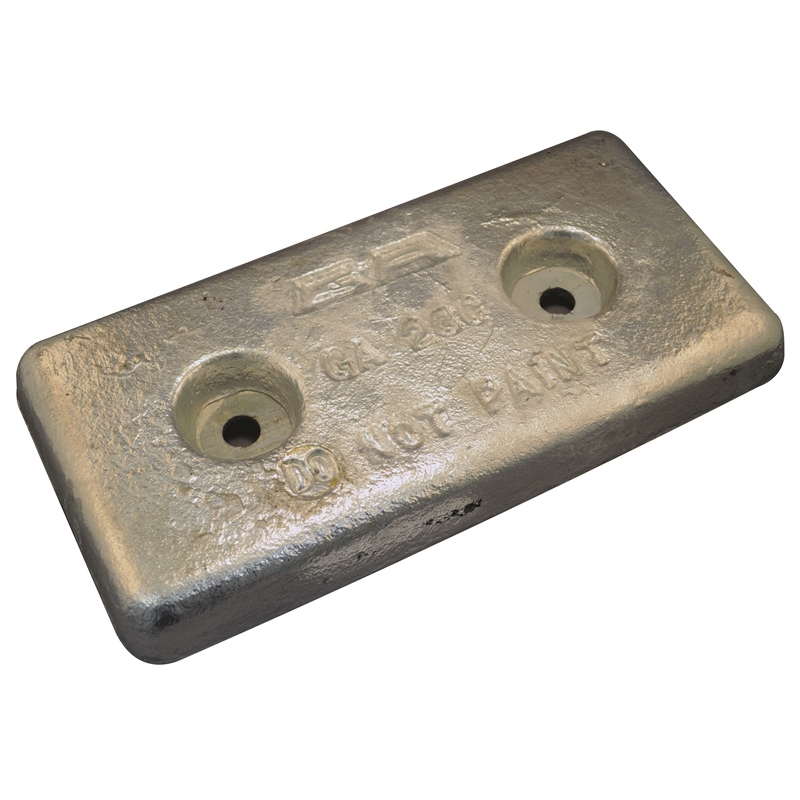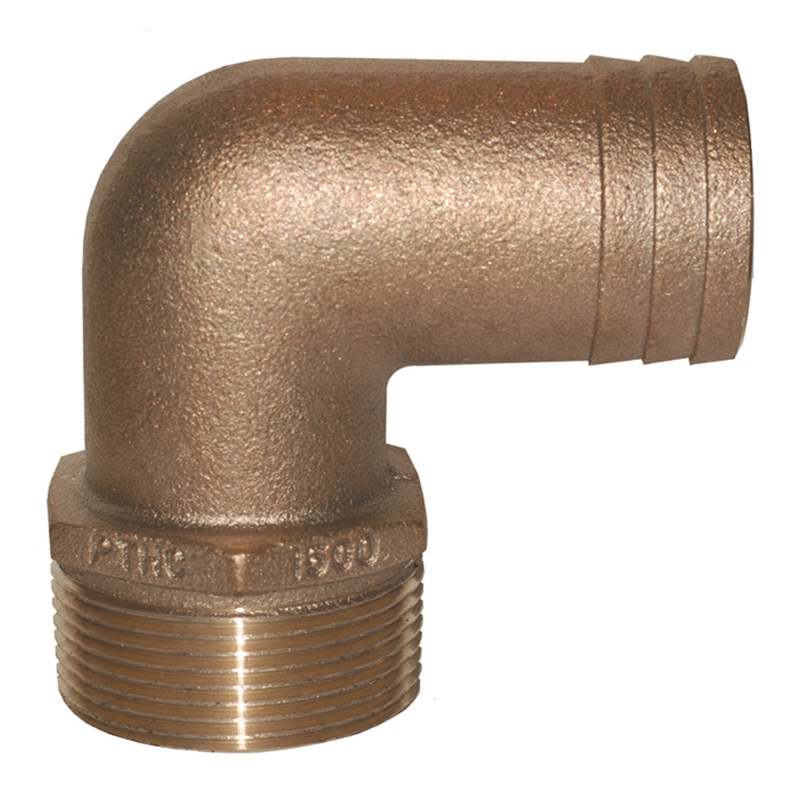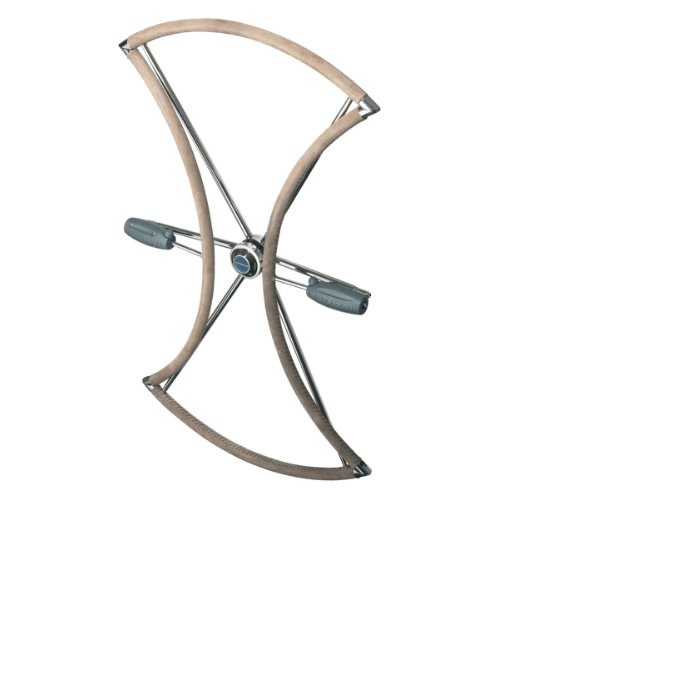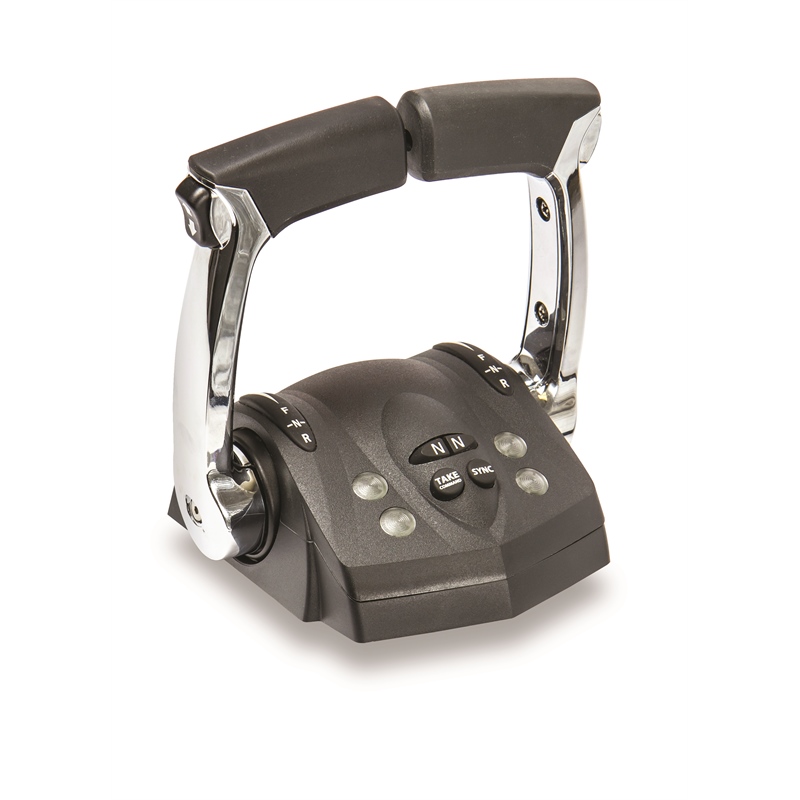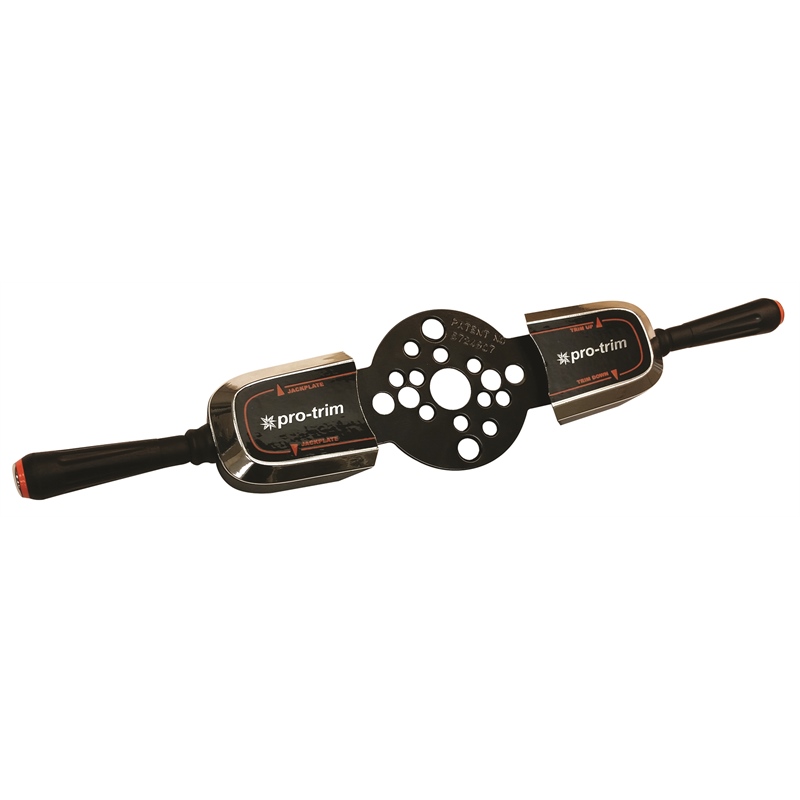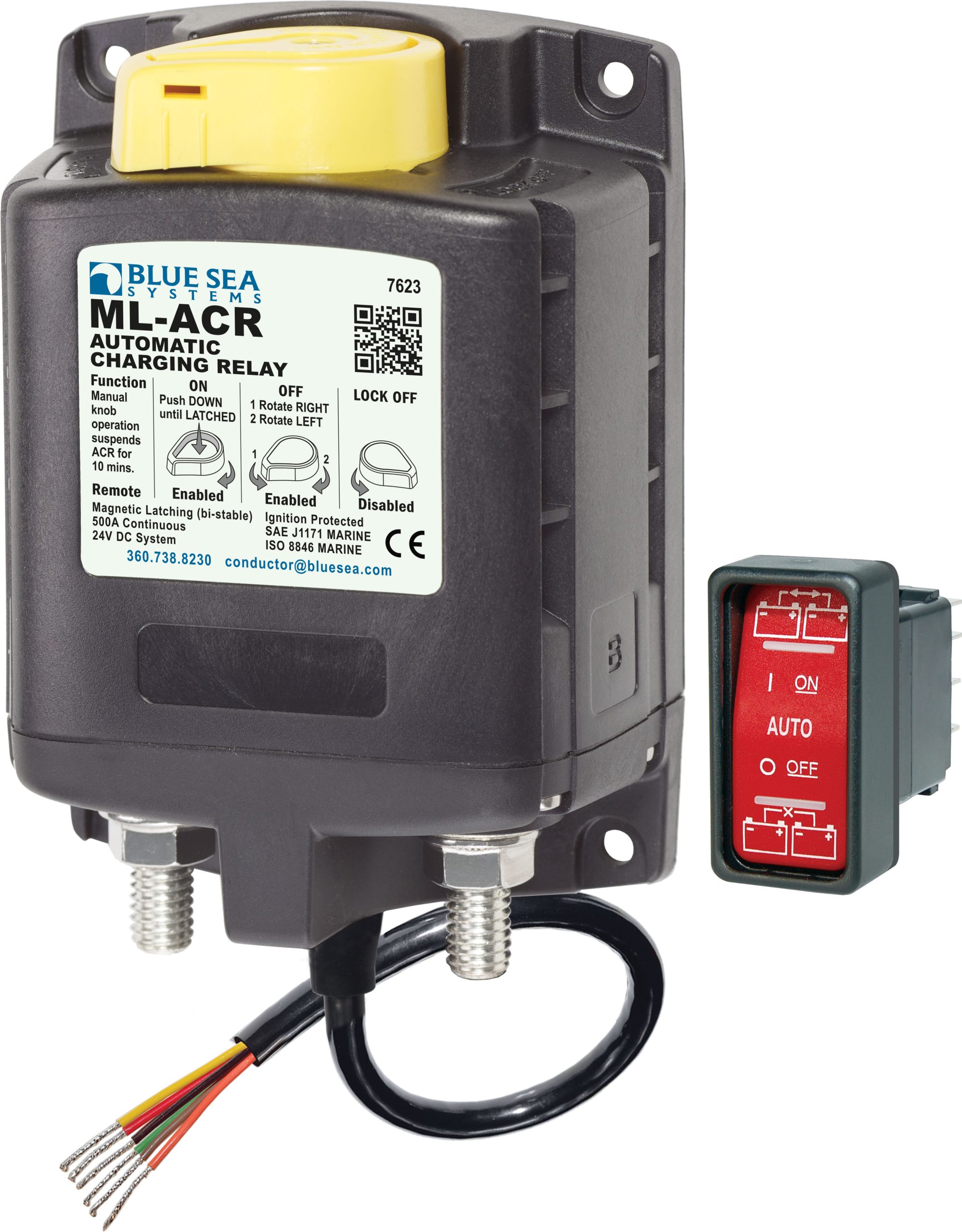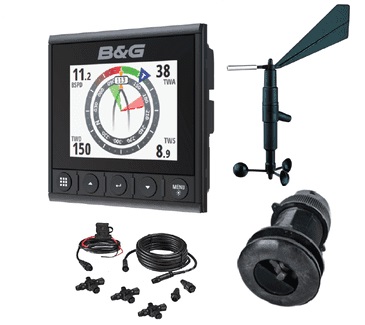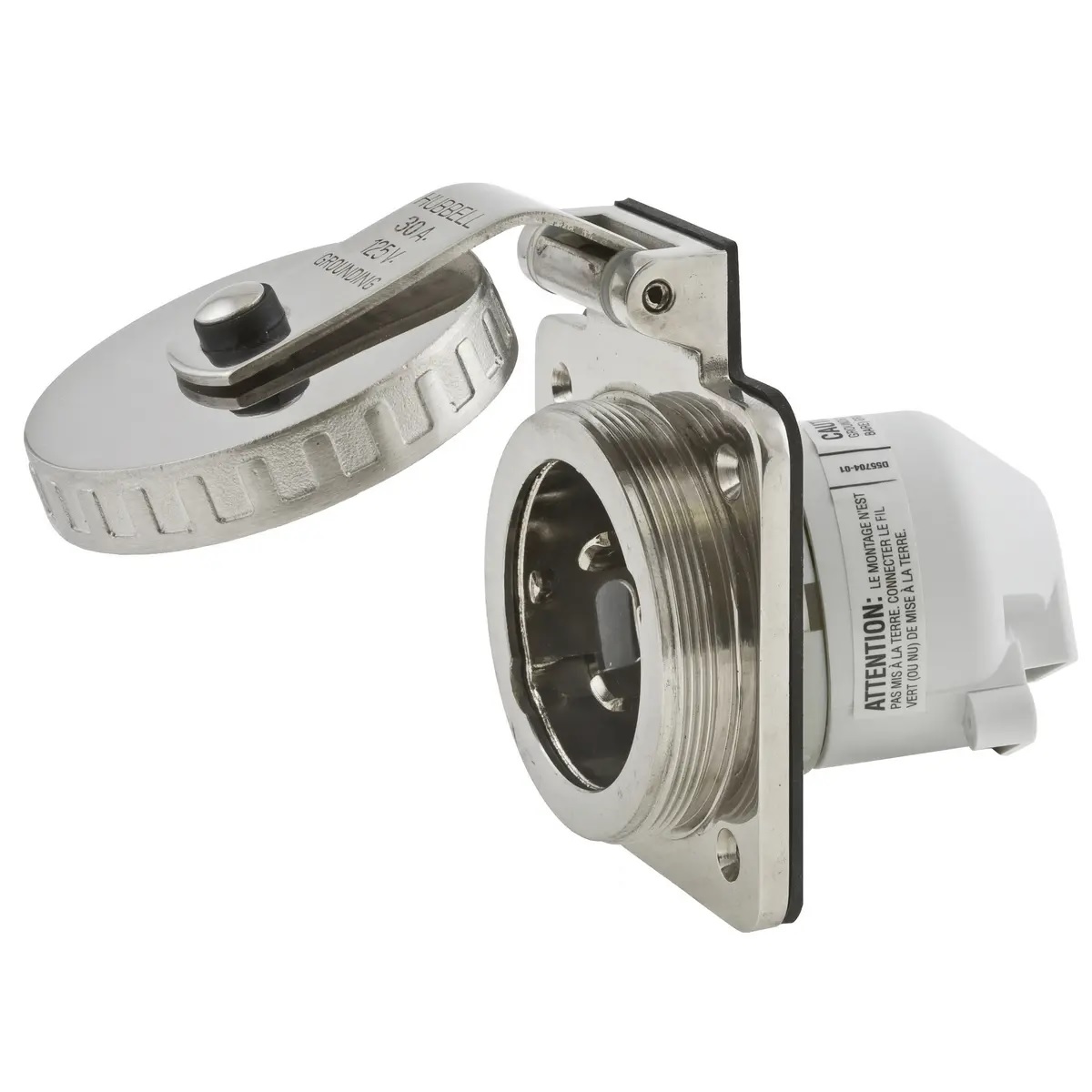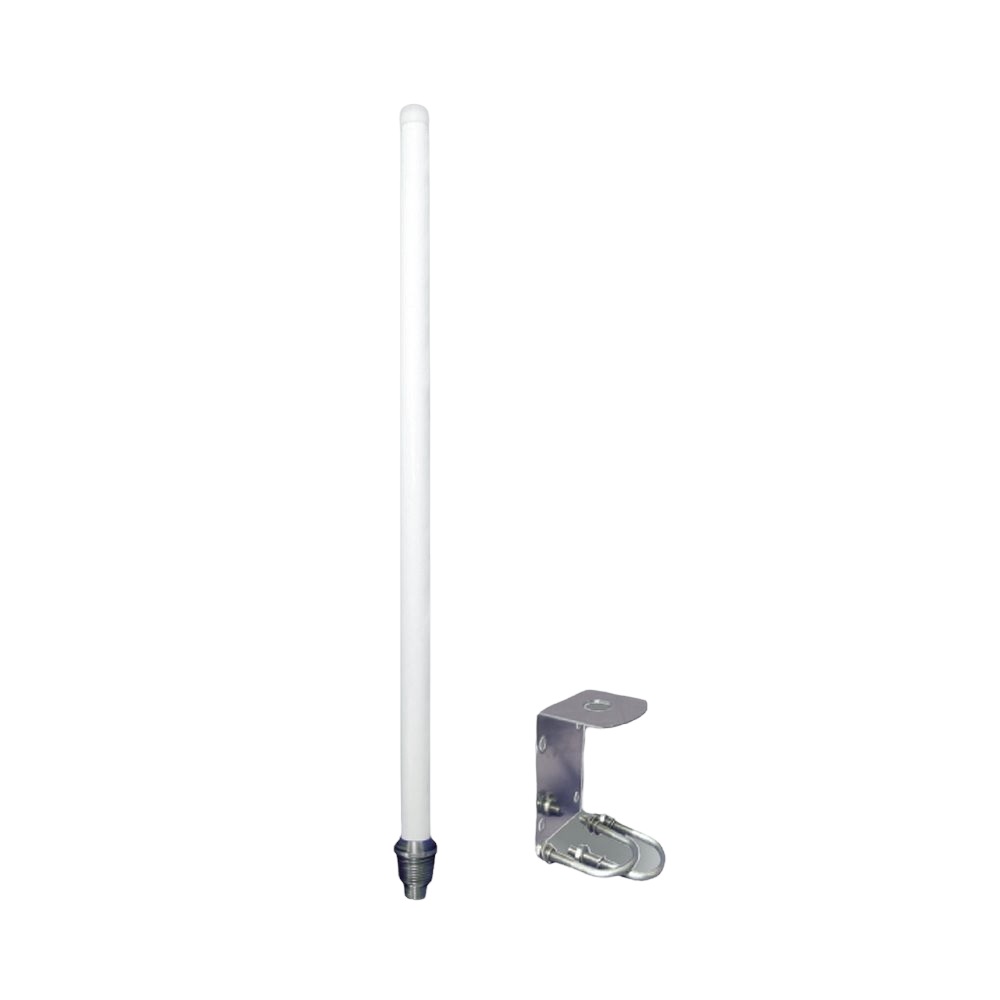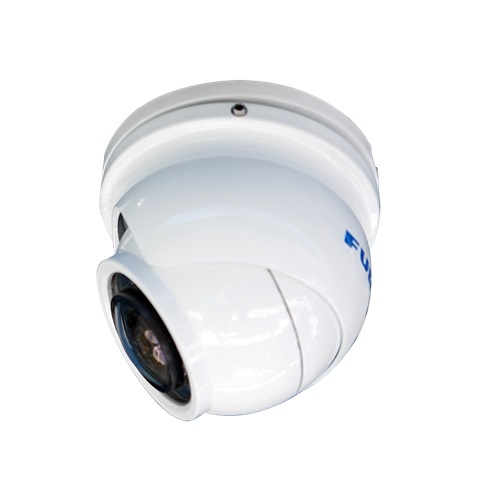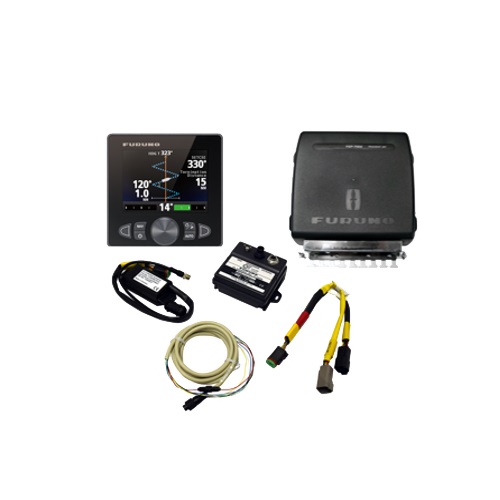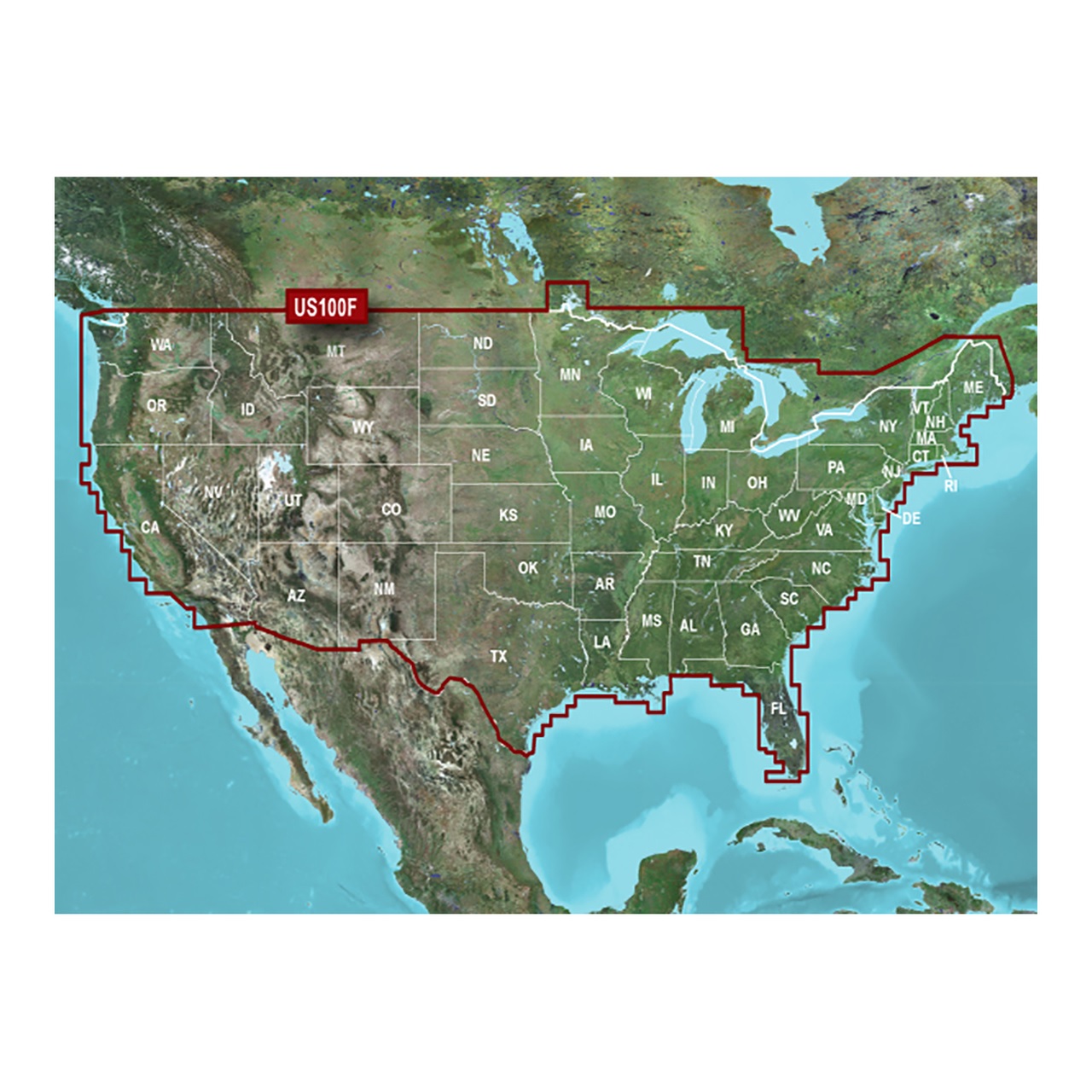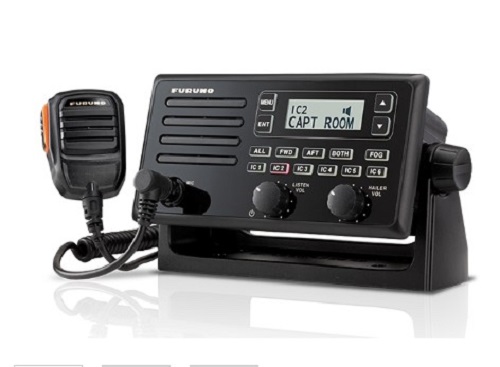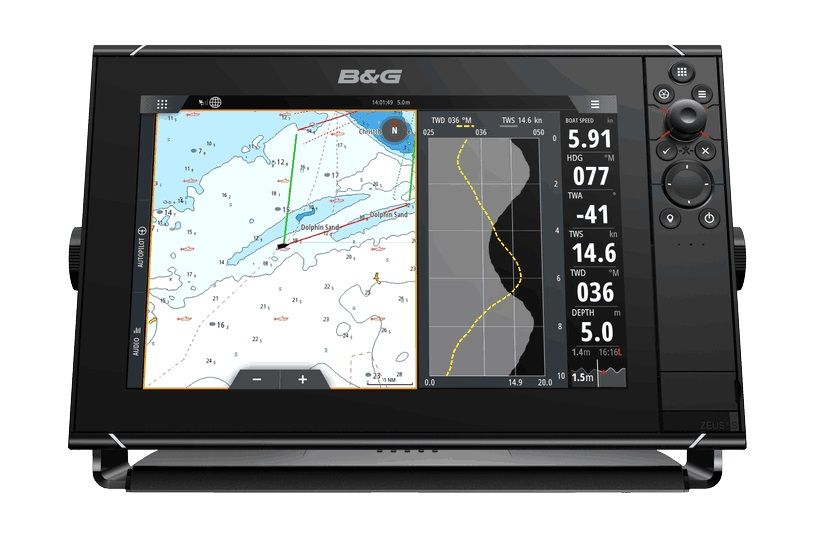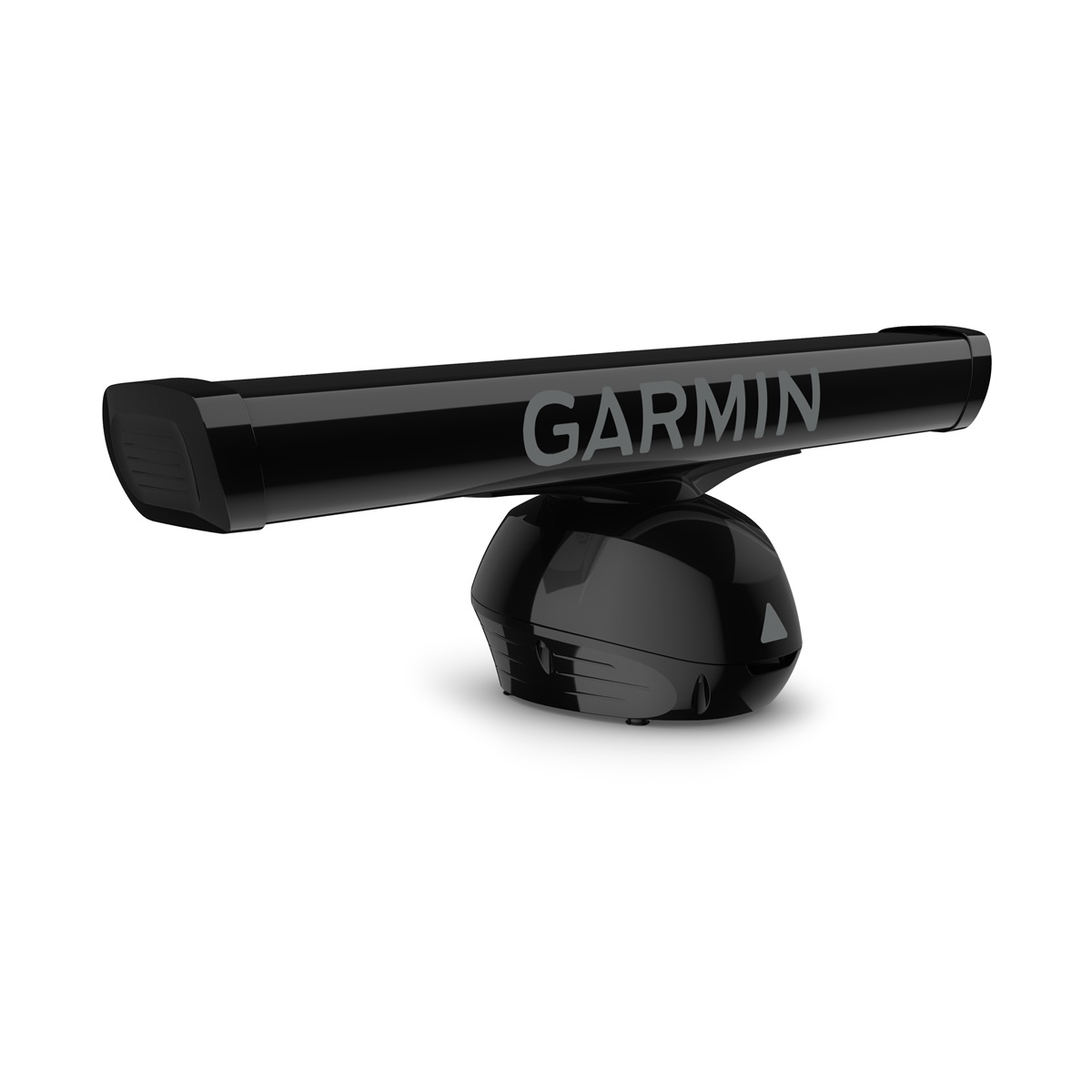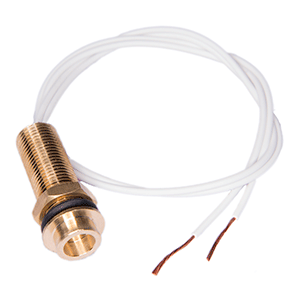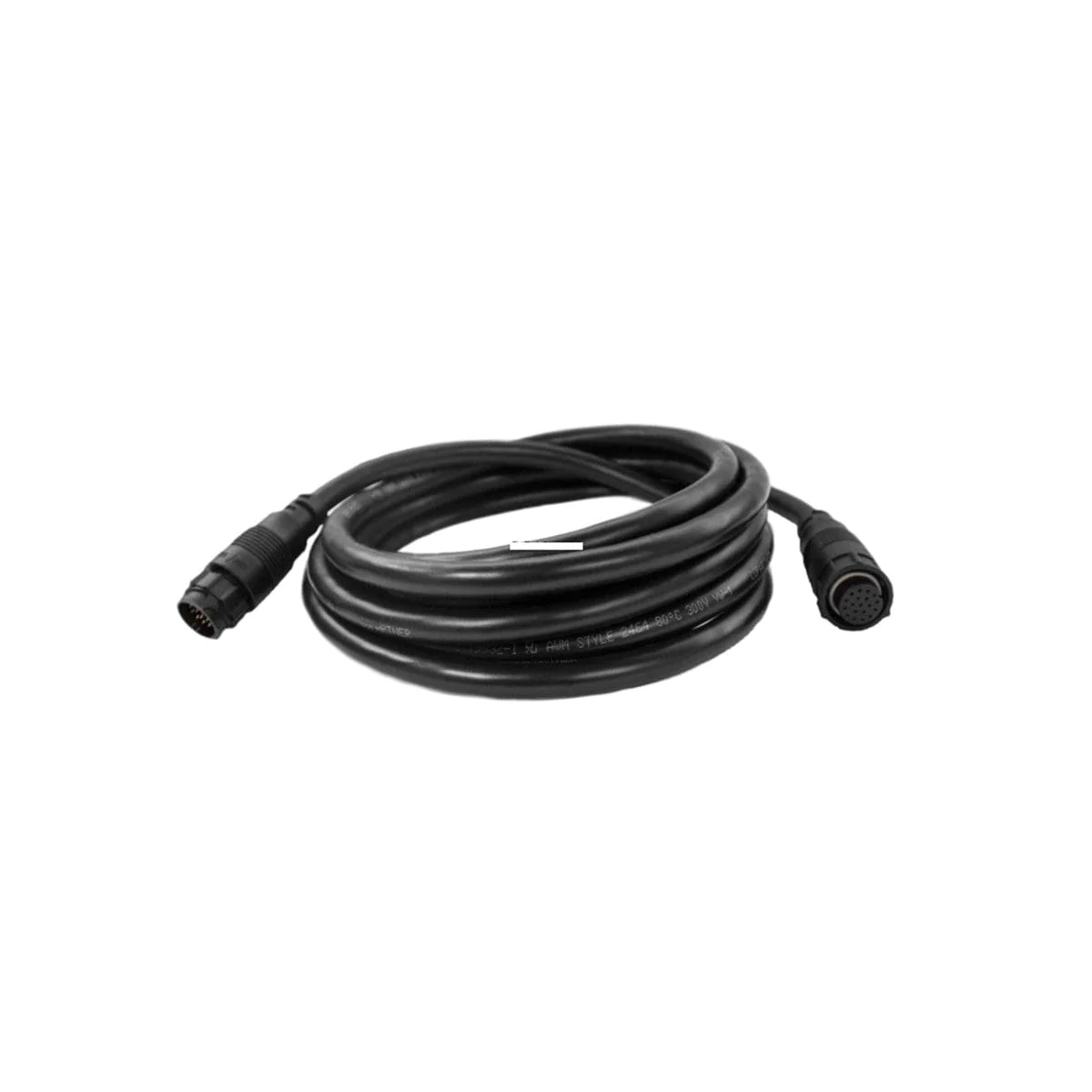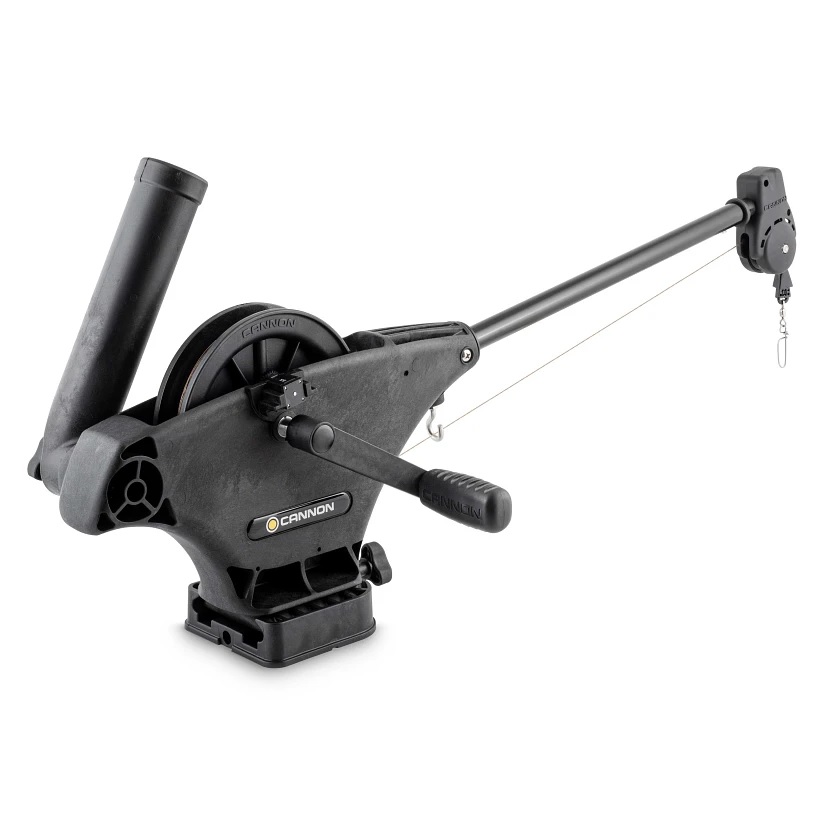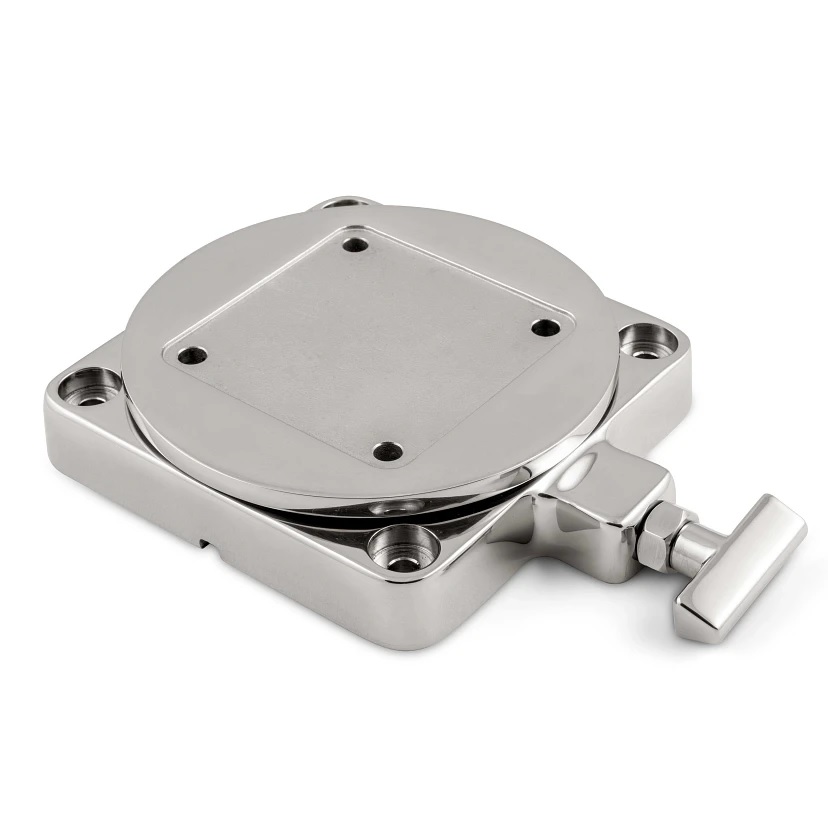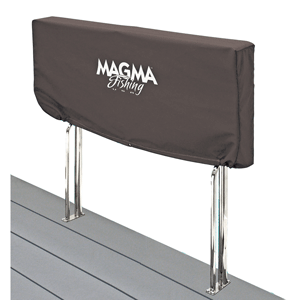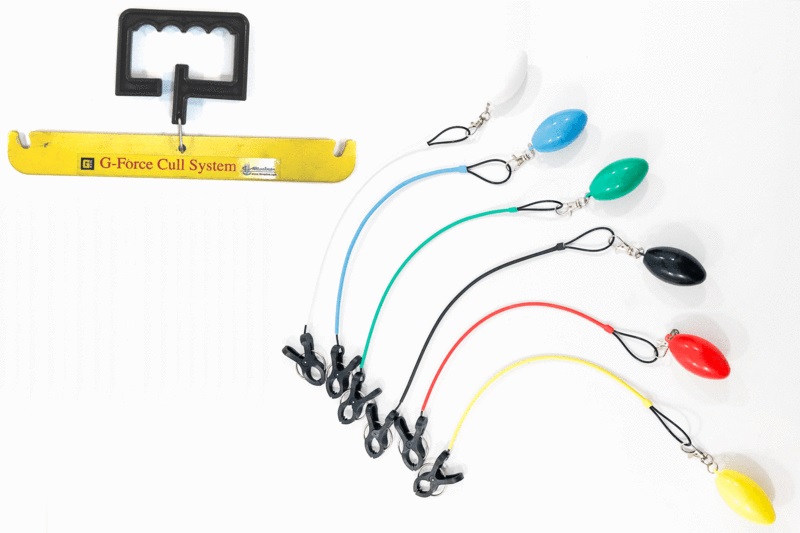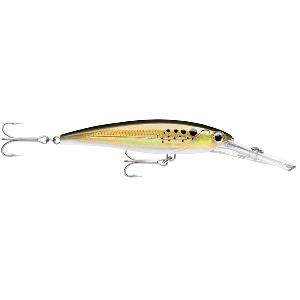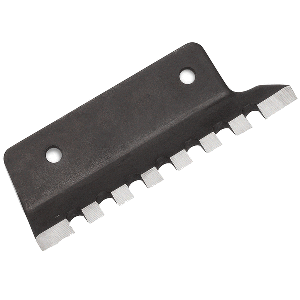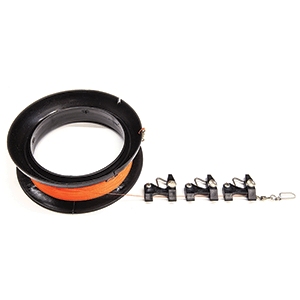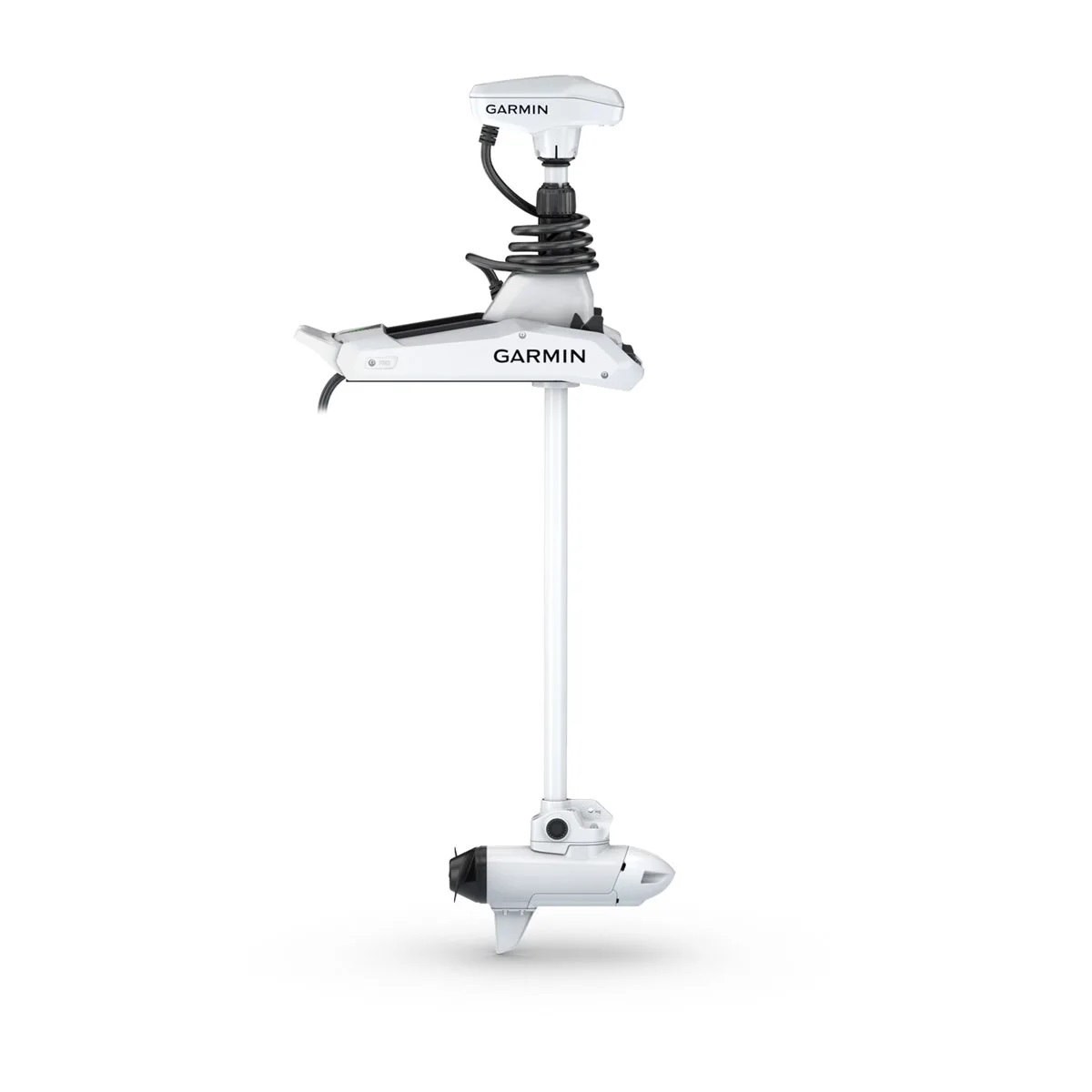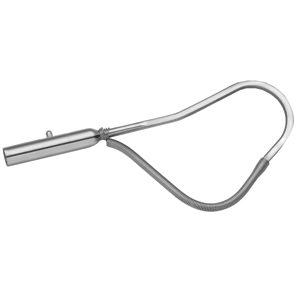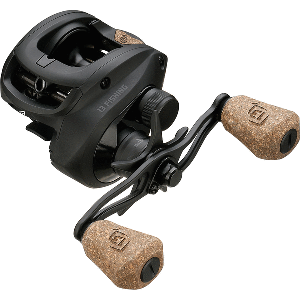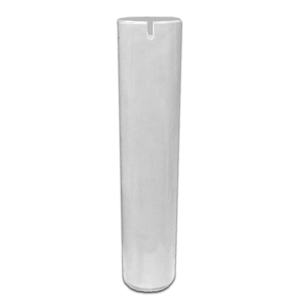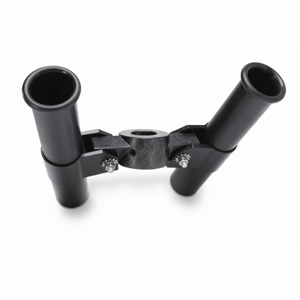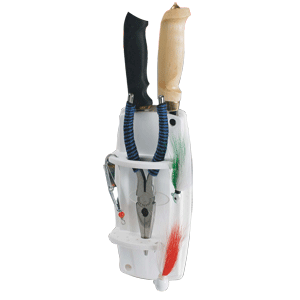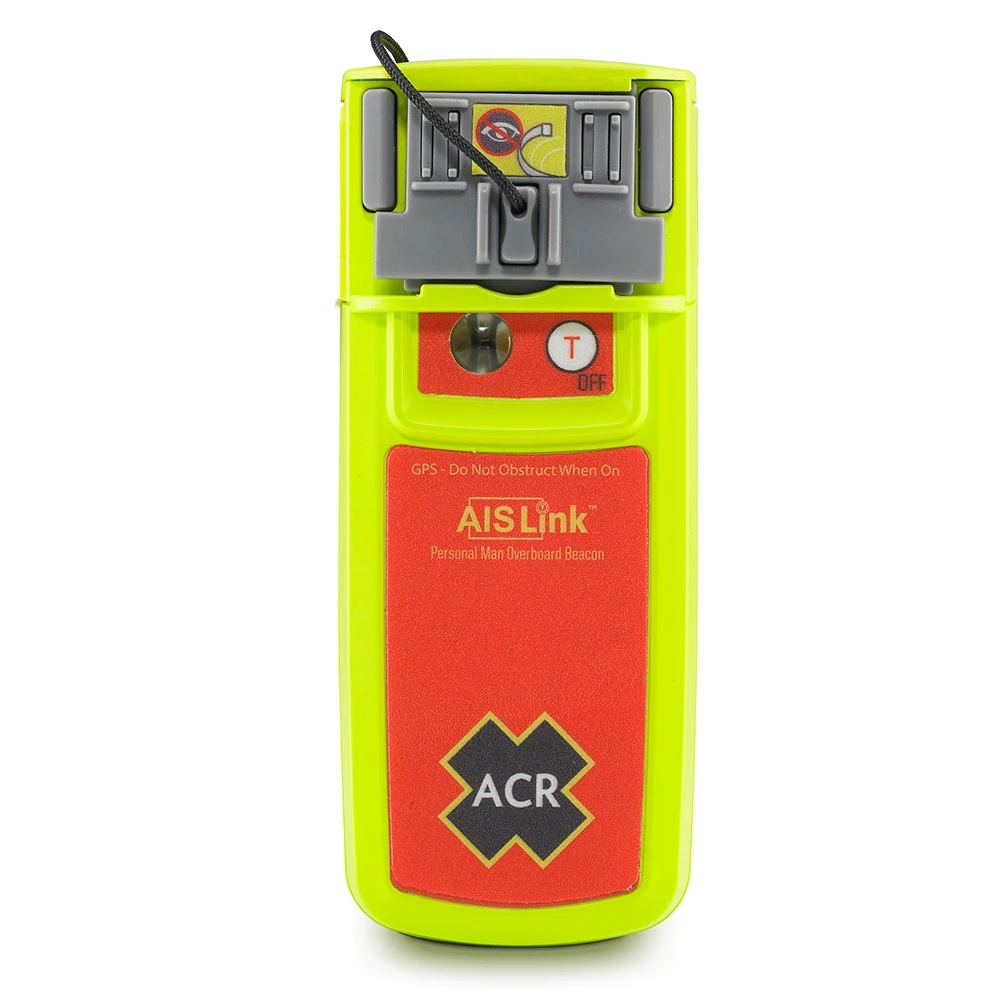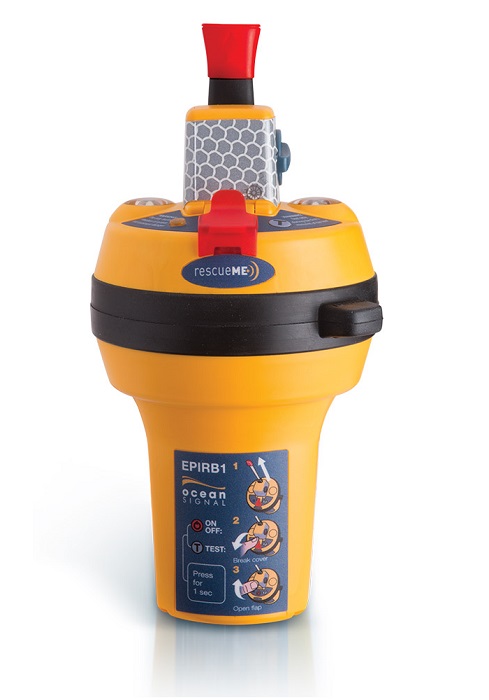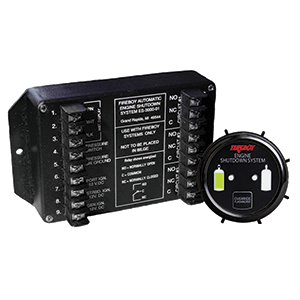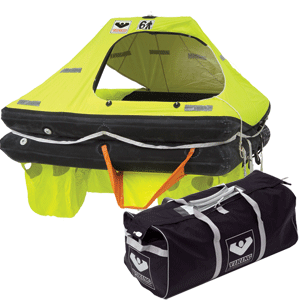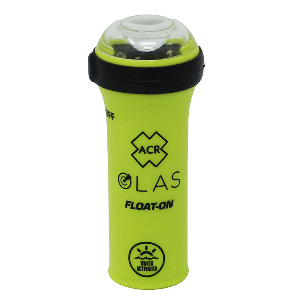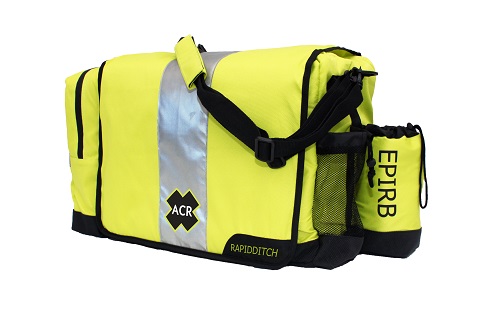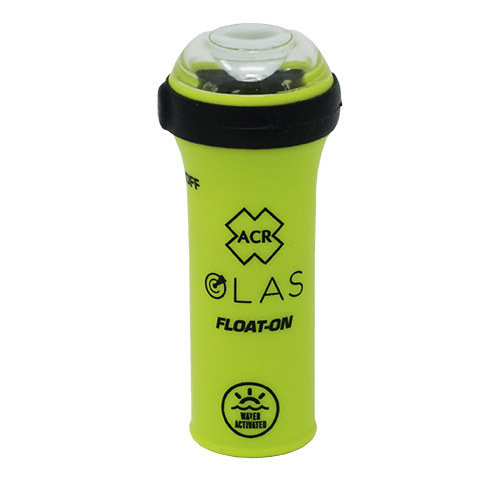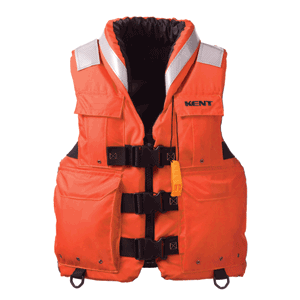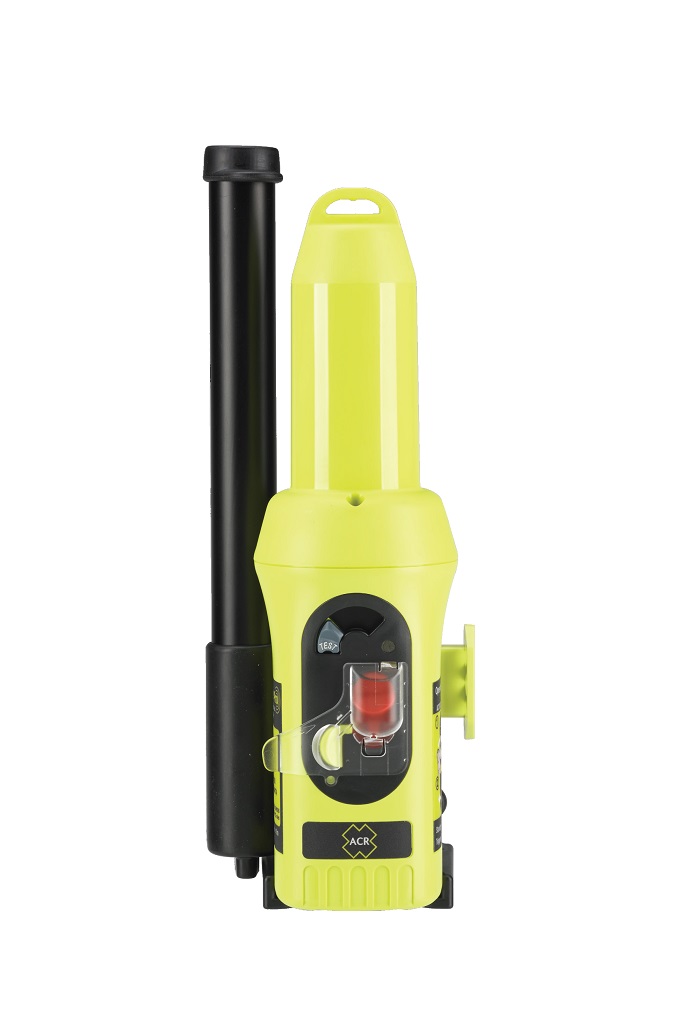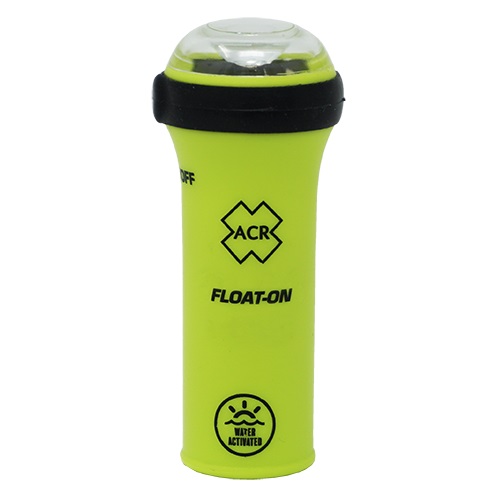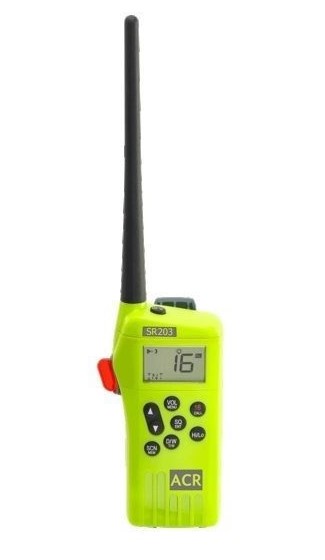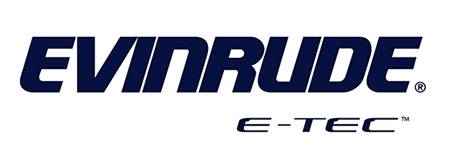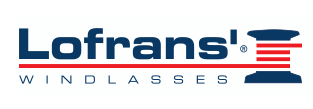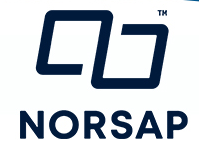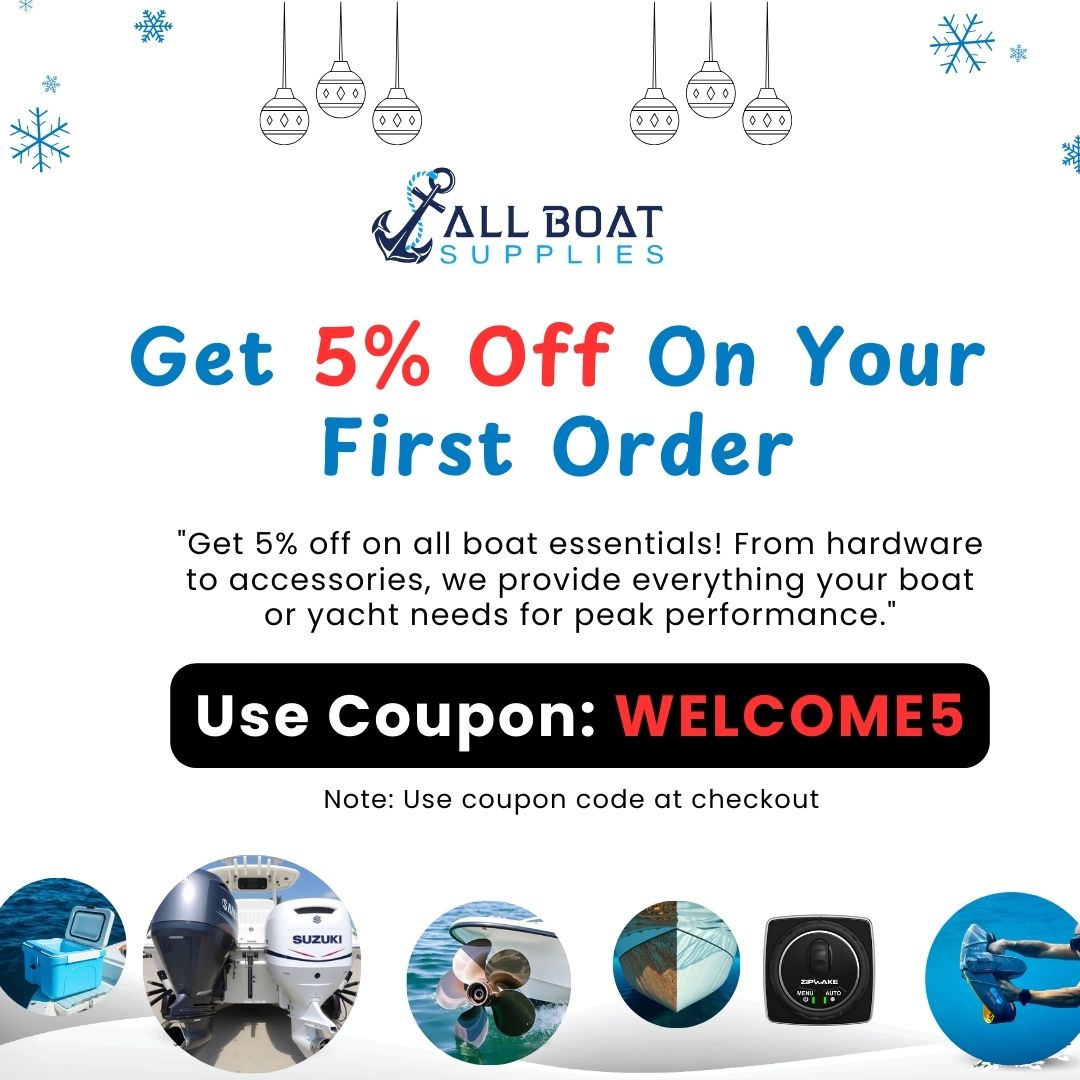Minn Kota 12′ Talon Bluetooth Black Anchor
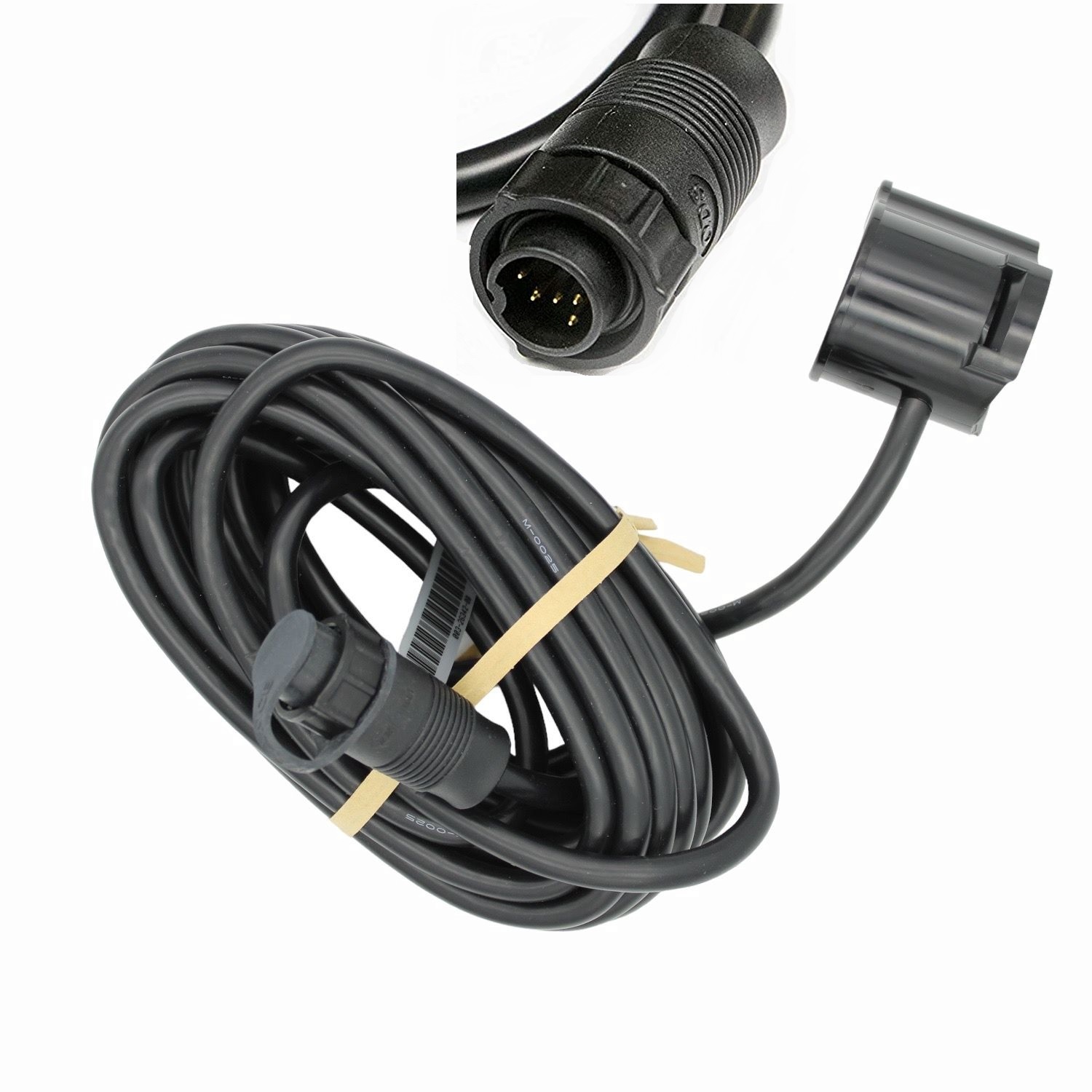
Introduction
The Lowrance In-Hull Transducer 9-Pin 83/200kHz is a vital component in modern marine navigation and fishfinding. Designed specifically for boats and marine engines, this in-hull transducer offers outstanding performance without the need to drill through the hull. Whether you’re navigating open waters or trolling for game fish, the accuracy and reliability of this Lowrance model make it an excellent investment for serious boaters and anglers.
Built with rugged materials and optimized for dual-frequency sonar (83/200kHz), the Lowrance In-Hull Transducer ensures crystal-clear imaging of underwater terrain, fish arches, and bottom contours. Ideal for fiberglass hulls, this 9-pin sonar unit is capable of precise depth readings without compromising hull integrity. Easy installation, low maintenance, and durable performance make it a standout choice in the in-hull transducer category.
Overview / What Is the Lowrance In-Hull Transducer 9-Pin 83/200kHz?
The Lowrance In-Hull Transducer 9-Pin 83/200kHz is a sonar component that mounts inside the hull of a boat, providing accurate depth and fishfinding readings without being exposed to external elements. This model supports dual frequencies—83kHz for wide-coverage scanning and 200kHz for high-resolution targeting—ideal for shallow to medium-depth water.
Unlike transom-mounted units that are exposed to water and vulnerable to damage, the in-hull installation keeps this transducer safe and protected. It’s perfect for boat owners who want reliable sonar data without compromising hull integrity. This model is compatible with Lowrance HDS, Elite, and Hook Series displays, delivering professional-grade sonar performance for recreational and professional users alike.
Top Features of the Lowrance In-Hull Transducer 9-Pin 83/200kHz
- Dual frequency (83/200kHz) for versatile sonar imaging
- In-hull installation – no drilling or hull penetration required
- Compatible with fiberglass hulls (not for metal or wood hulls)
- Works with Lowrance HDS, Elite, and Hook displays
- Provides accurate depth readings and fish arches
- Ideal for freshwater and coastal marine environments
- Low maintenance with minimal external exposure
How to Install the Lowrance In-Hull Transducer 9-Pin 83/200kHz
Installing the Lowrance In-Hull Transducer 9-Pin 83/200kHz is a relatively simple process, especially if your boat features a single-layer fiberglass hull. The installation involves mounting the transducer inside the bilge area using a specialized adhesive or in a liquid-filled tank to ensure optimal sonar performance.
Step-by-step Installation Tips:
- Choose a flat, unobstructed area in the hull’s interior with consistent fiberglass thickness.
- Clean the area thoroughly and dry it completely.
- Apply marine-grade epoxy or place the transducer in a manufacturer-approved fluid-filled container.
- Ensure there are no air bubbles between the transducer and hull.
- Connect the 9-pin connector to the sonar unit and test functionality.
Note: Always test the location before final installation to verify signal accuracy. Improper mounting will lead to weak or inconsistent sonar readings.
Advantages of In-Hull vs Transom Transducers
The Lowrance In-Hull Transducer 9-Pin 83/200kHz offers several advantages over traditional transom-mounted models. First and foremost, it protects the transducer from debris, corrosion, and damage caused by trailering or impacts. In-hull mounting reduces drag and eliminates cavitation issues, improving overall sonar performance at higher speeds.
Additionally, in-hull transducers allow for year-round operation and are especially useful in environments where external mounting is not feasible. Since the unit doesn’t make direct water contact, it experiences less wear and tear, making it more durable in the long run. However, in-hull transducers may not work well with wooden or metal hulls, and performance can vary based on hull thickness and materials.
Lowrance In-Hull Transducer 9-Pin 83/200kHz Maintenance Tips
While the Lowrance In-Hull Transducer 9-Pin 83/200kHz requires less maintenance than other sonar units, it still benefits from regular inspections and care. Periodically checking the mount and cable connections ensures that performance remains stable and reliable.
To maintain optimal performance:
- Visually inspect the transducer for signs of air gaps or looseness.
- Check the epoxy bond or fluid tank level every few months.
- Ensure the 9-pin connector is clean and properly sealed from moisture.
- Update the software of your connected sonar display regularly for enhanced features.
Consistent upkeep extends the life of your system and helps avoid costly troubleshooting later on.
Expert Advice and Pro Recommendations
Marine electronics experts recommend the Lowrance In-Hull Transducer 9-Pin 83/200kHz for its reliable sonar accuracy, especially for users operating in lakes, rivers, and coastal waters. It’s an excellent choice for both casual anglers and offshore professionals who want quality sonar without the hassle of external hardware.
Buy now: Lowrance In-Hull Transducer 9-Pin 83/200kHz and use code WELCOME5 at checkout to save 5% instantly on your purchase.
For additional information on compatibility and installation across different engine types, visit Yamaha Outboards to review their guidance on transducer use with high-performance marine engines.
Best Use Cases for the Lowrance In-Hull Transducer
The Lowrance In-Hull Transducer 9-Pin 83/200kHz is best used in vessels that prioritize durability, speed, and unobstructed sonar readings. It’s especially beneficial in high-speed boats where transom turbulence might interfere with readings. Anglers who fish in inland freshwater lakes or coastal areas will find this unit particularly helpful due to its versatility and ease of use.
Some ideal use cases include:
- Fiberglass hull boats used for competitive bass fishing
- Saltwater coastal boats operating in shallow to mid-depth waters
- Speedboats or racing boats that need clean hull lines
- Charter or recreational boats requiring year-round sonar capability
Common Troubleshooting for Lowrance In-Hull Transducer 9-Pin 83/200kHz
While generally reliable, users may occasionally face issues with the Lowrance In-Hull Transducer 9-Pin 83/200kHz. Common problems include weak signal strength, inaccurate depth readings, or complete sonar failure. These are often linked to installation issues, air bubbles, or cable problems.
To troubleshoot:
- Ensure no air gaps exist between the transducer and hull.
- Verify that the adhesive is intact and hasn’t degraded.
- Inspect all cable connections for corrosion or loose fittings.
- Run software diagnostics via the connected Lowrance display.
Reinstalling or reseating the transducer often resolves most issues. If problems persist, consult a certified Lowrance marine technician.
Detailed FAQ Section
Can the Lowrance In-Hull Transducer 9-Pin 83/200kHz work with aluminum or wooden hulls?
No, the Lowrance In-Hull Transducer 9-Pin 83/200kHz is specifically designed for use with fiberglass hulls. The sonar signal must pass cleanly through the hull material, and fiberglass offers the ideal density for accurate sonar transmission. Metal or wooden hulls either reflect or absorb the signal, resulting in poor or non-existent readings. If you have a non-fiberglass boat, a transom or thru-hull transducer would be a better choice.
How do I know if the installation location inside the hull is suitable?
Before final installation, it’s crucial to test the selected location. Fill a small plastic bag with water and place the transducer against the hull at the chosen spot. Connect it to your display and observe sonar feedback. If the readings are accurate and stable, then the spot is suitable. Avoid locations with stringers, air gaps, or layered hull construction as these can interfere with sonar transmission.
What is the maximum depth capability of the Lowrance In-Hull Transducer 9-Pin 83/200kHz?
The maximum depth capability of the Lowrance In-Hull Transducer varies depending on the sonar unit it’s connected to, but typically it can read depths up to 1,000 feet at 83kHz in ideal conditions. The 200kHz frequency offers shallower but more detailed readings. Performance can be influenced by water clarity, salinity, and hull material, so actual results may vary based on those conditions.
Can I use this transducer with other Lowrance accessories?
Yes, the Lowrance In-Hull Transducer 9-Pin 83/200kHz is compatible with a range of Lowrance devices including HDS, Elite, and Hook series. It can also be used alongside other Lowrance networking equipment like NMEA 2000 systems and GPS/chartplotter integrations. However, always verify compatibility with your specific model before purchase or installation.
Is there any difference in performance between in-hull and transom transducers?
Yes, there are trade-offs. While in-hull transducers like the Lowrance 9-pin model offer protection and cleaner installations, transom-mounted units often provide slightly stronger signals since they are in direct contact with water. However, in-hull models avoid damage from impacts, reduce drag, and are better suited for high-speed or trailered boats. The performance difference is minimal in most cases and is outweighed by the advantages of internal mounting for many boaters.
Conclusion
The Lowrance In-Hull Transducer 9-Pin 83/200kHz is a high-quality sonar solution perfect for boaters who want hassle-free installation, reliable underwater imaging, and strong compatibility with Lowrance electronics. Its dual-frequency functionality and internal mounting make it an ideal fit for fiberglass hulls and high-speed marine activities. For those seeking a trusted transducer that balances performance, protection, and convenience, this model is a top-tier choice in the market.
Special Offer
WELCOME5 – Get 5% off storewide at allboatsupplies.com
🚀 Instant Assistance: Need help selecting the right product? Drop your contact in the chatbox at the bottom right corner, and our expert team will reply within 30 minutes with the best product suggestion for your boat — including a ready-to-use checkout link. We’re fast, knowledgeable, and always here for your boating needs!
No more guesswork — just message us and get a personalized checkout link for your antifouling system, fast!
Explore Our Best-Selling Ultrasonic Antifouling Products:
Buy now
Lowrance In-Hull Transducer 9-Pin 83/200kHz
Let us handle the hassle — expert support, quick replies, and smooth checkout. Your boat deserves the best.


